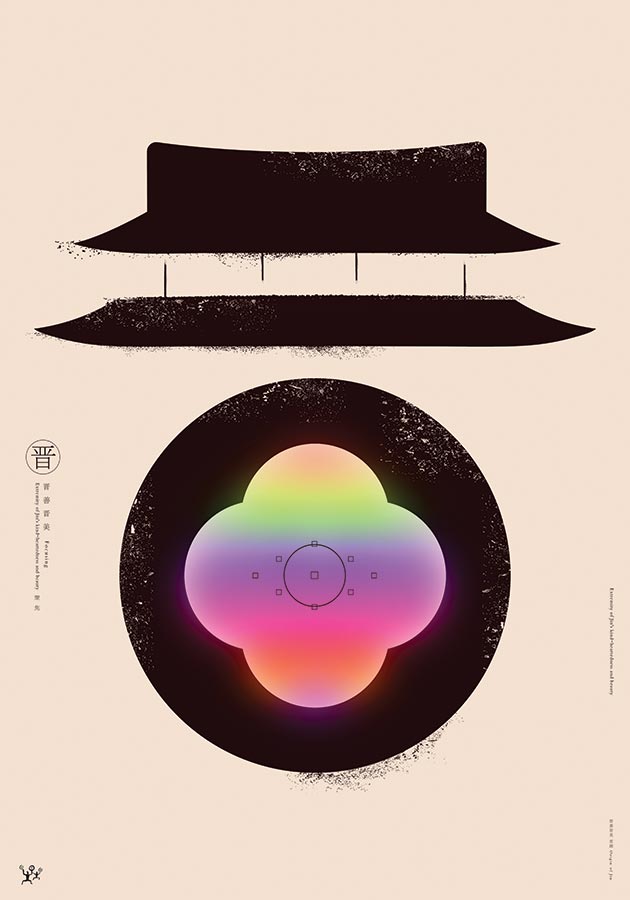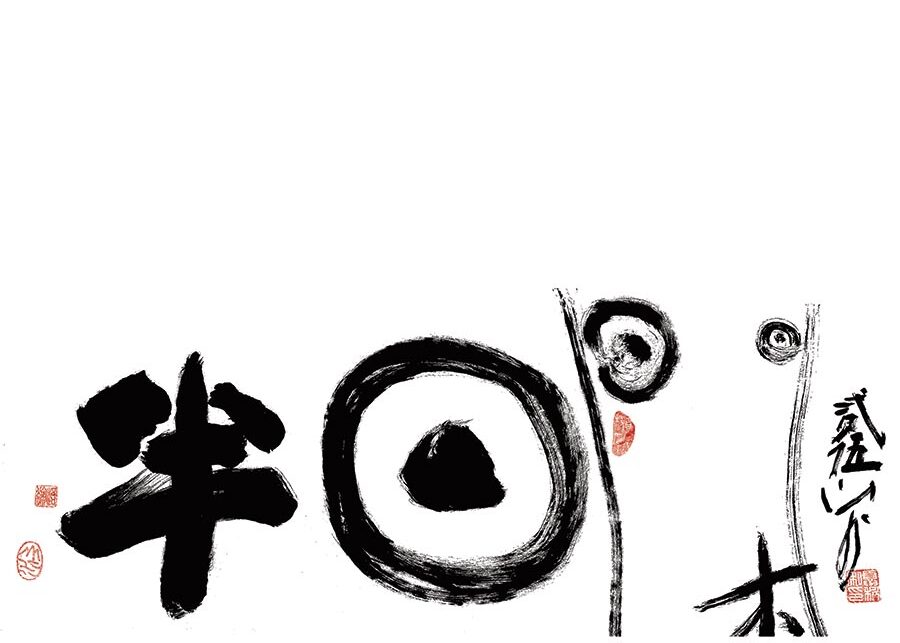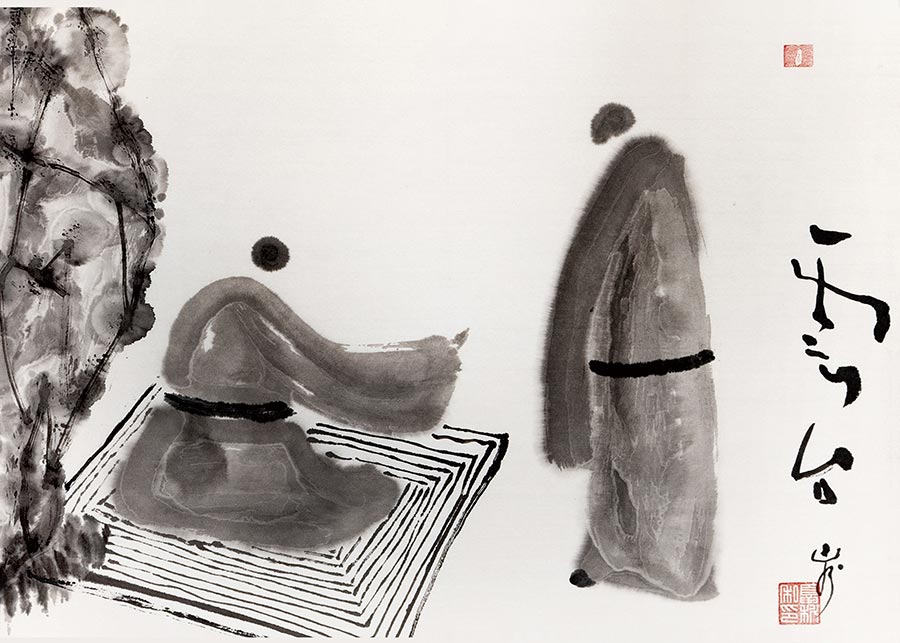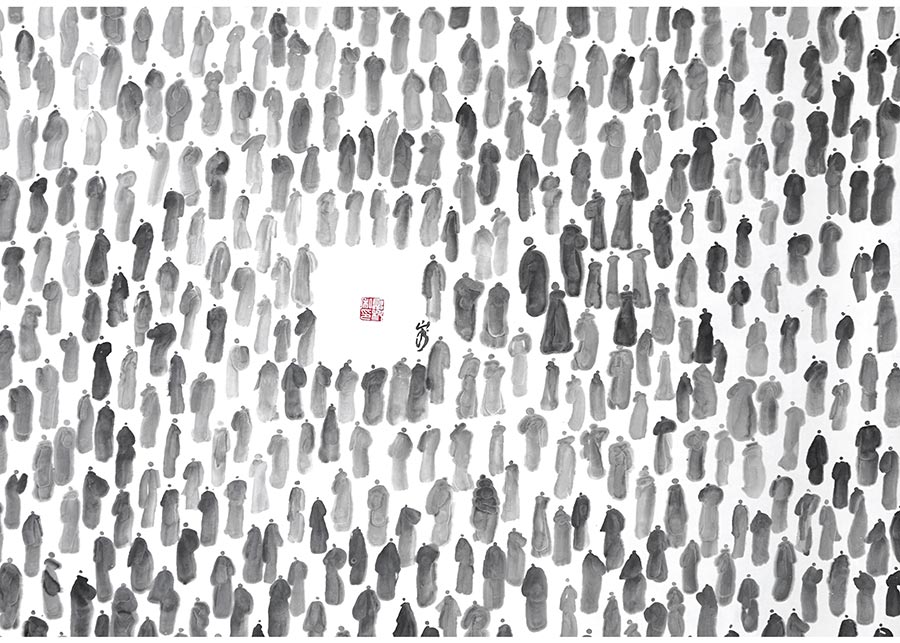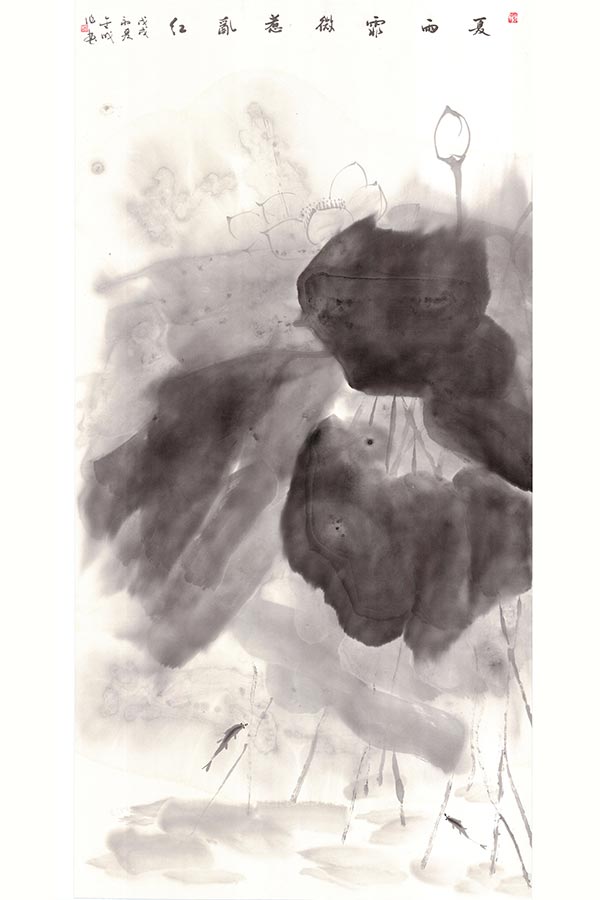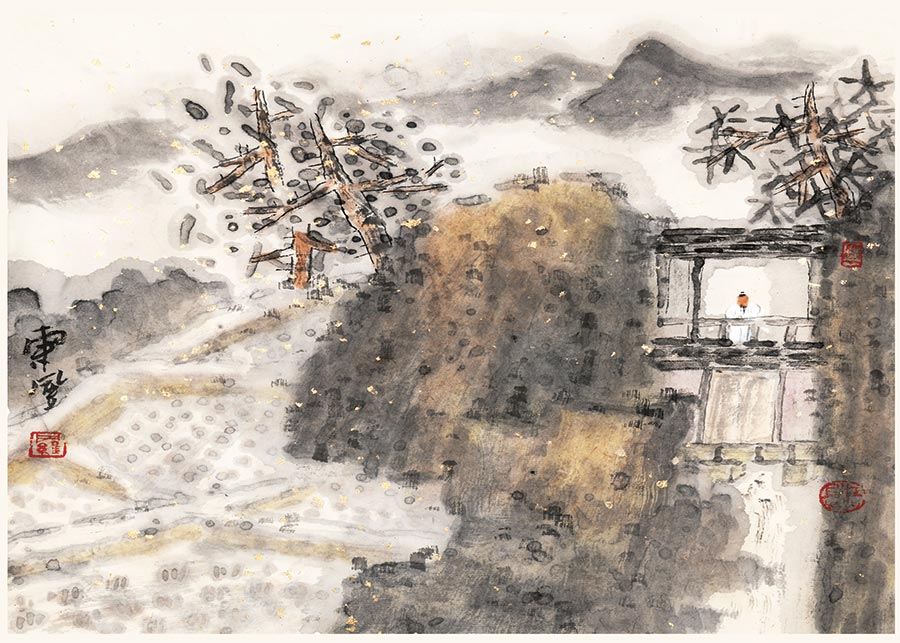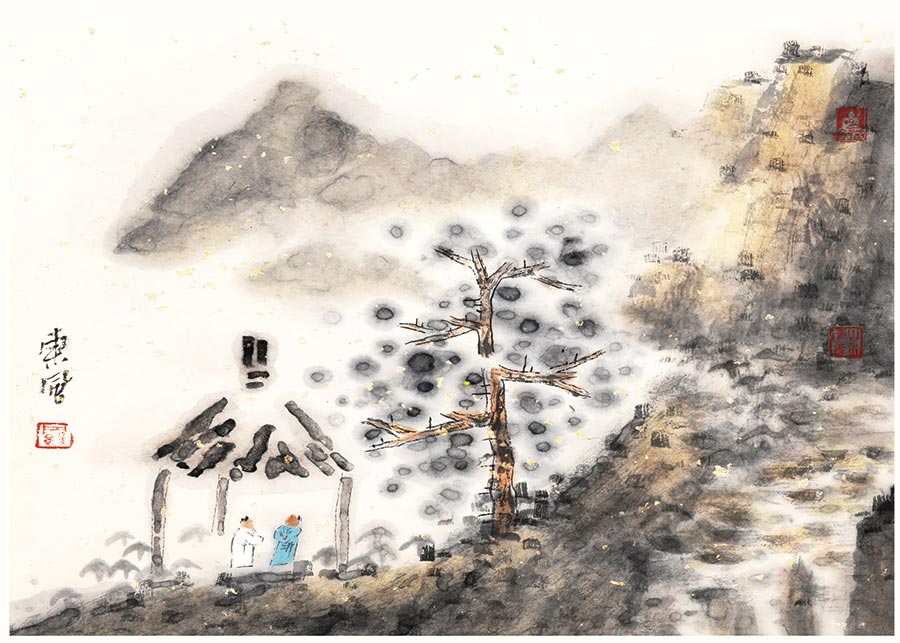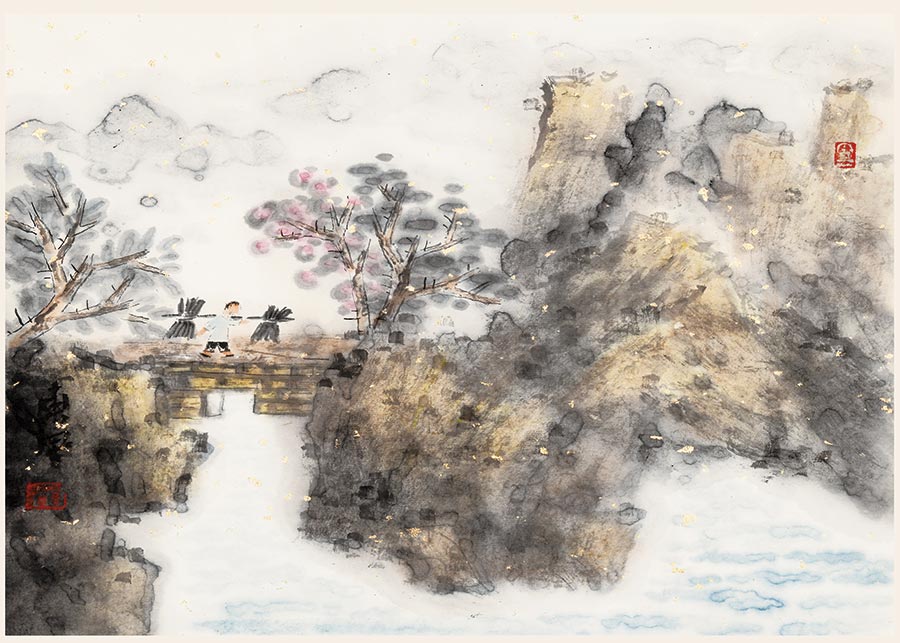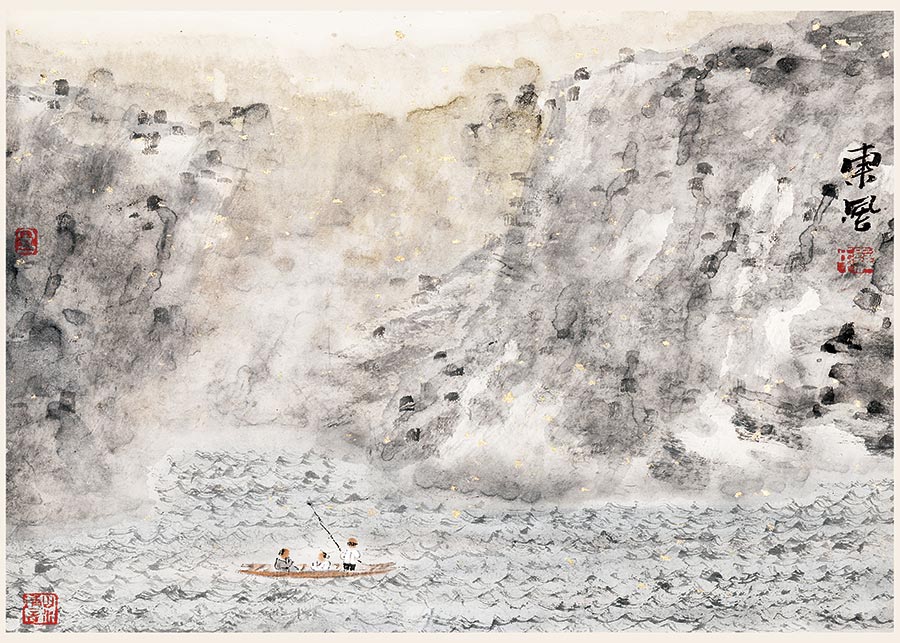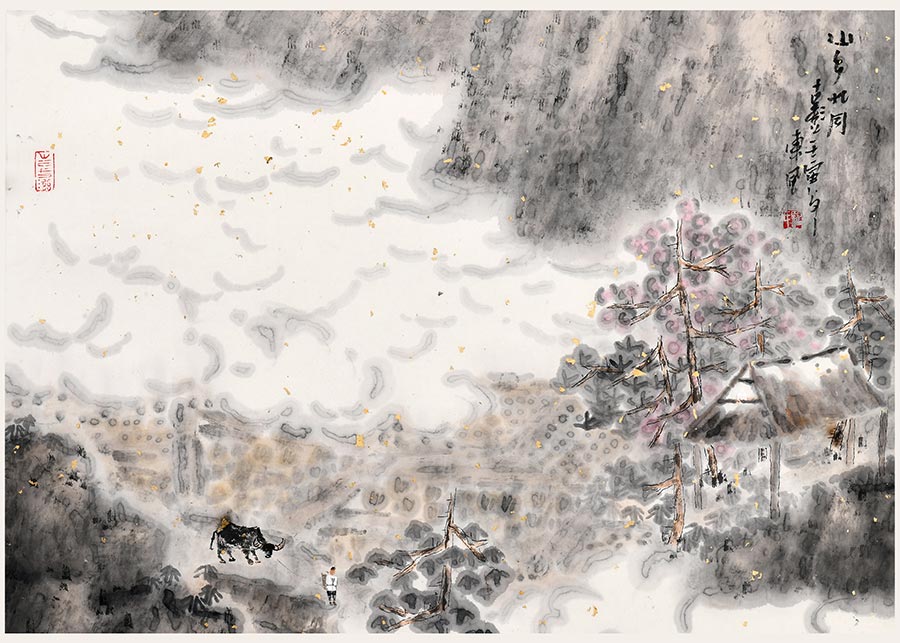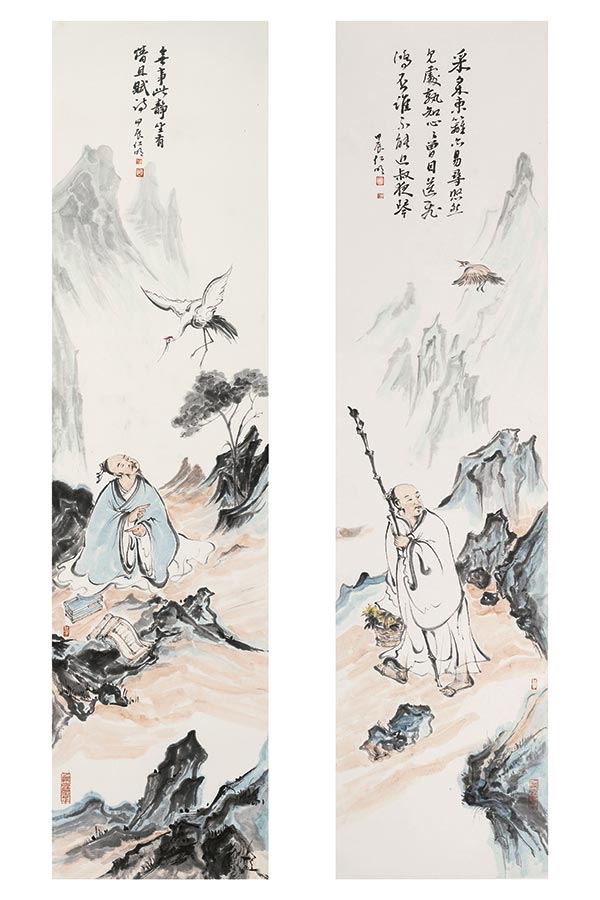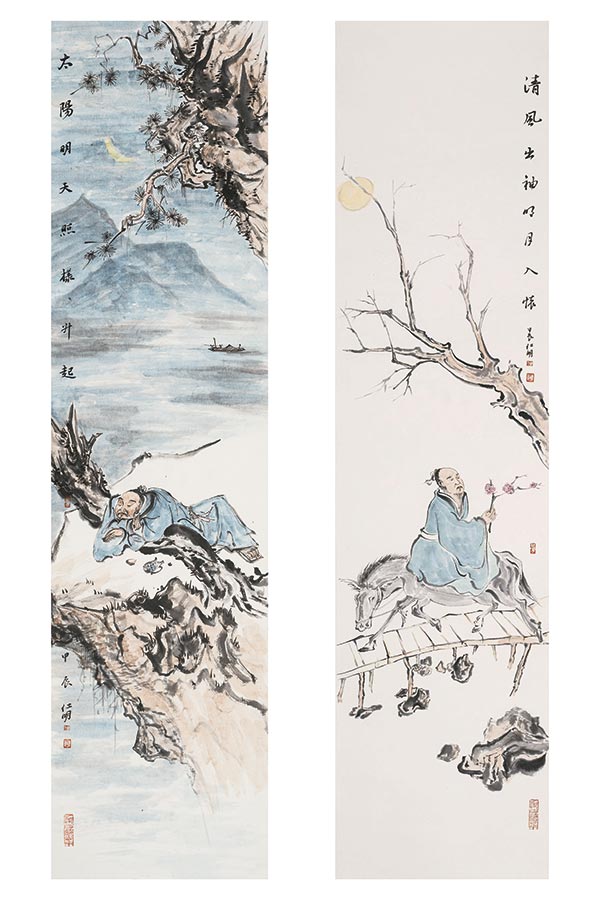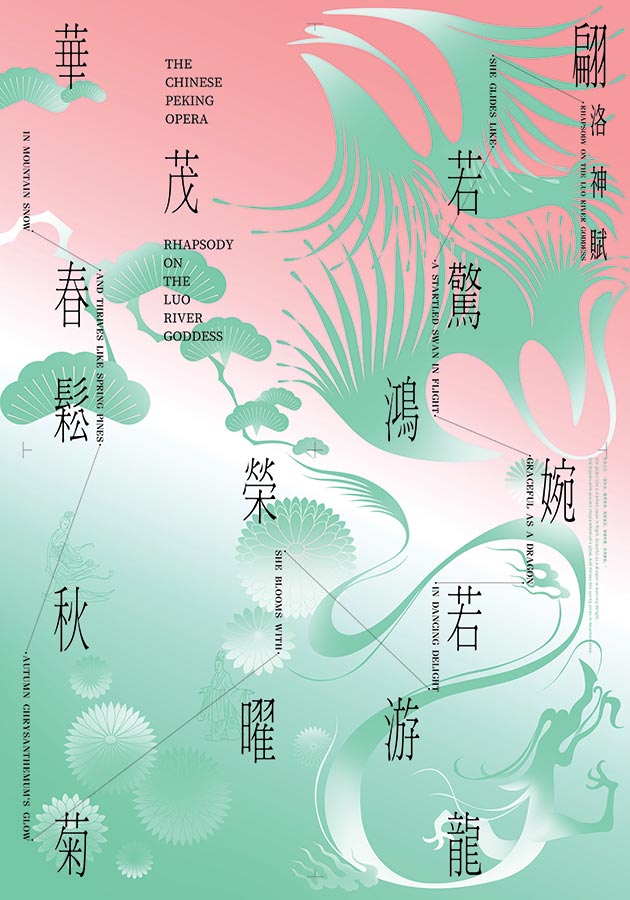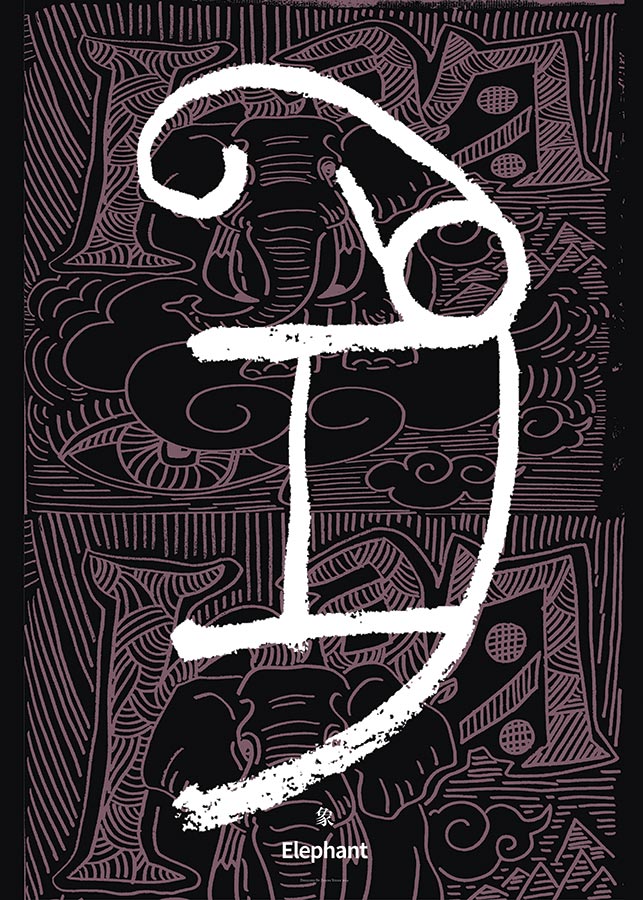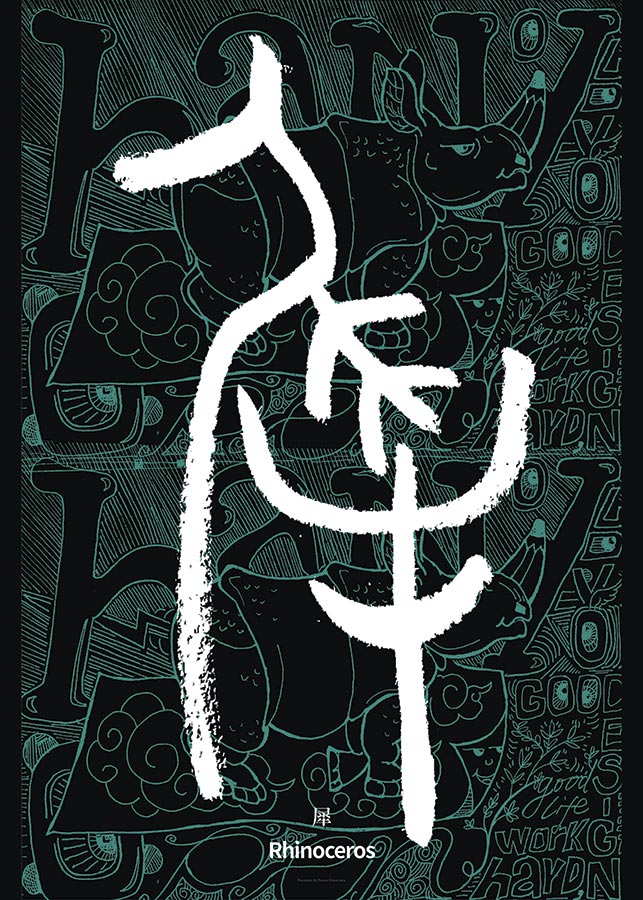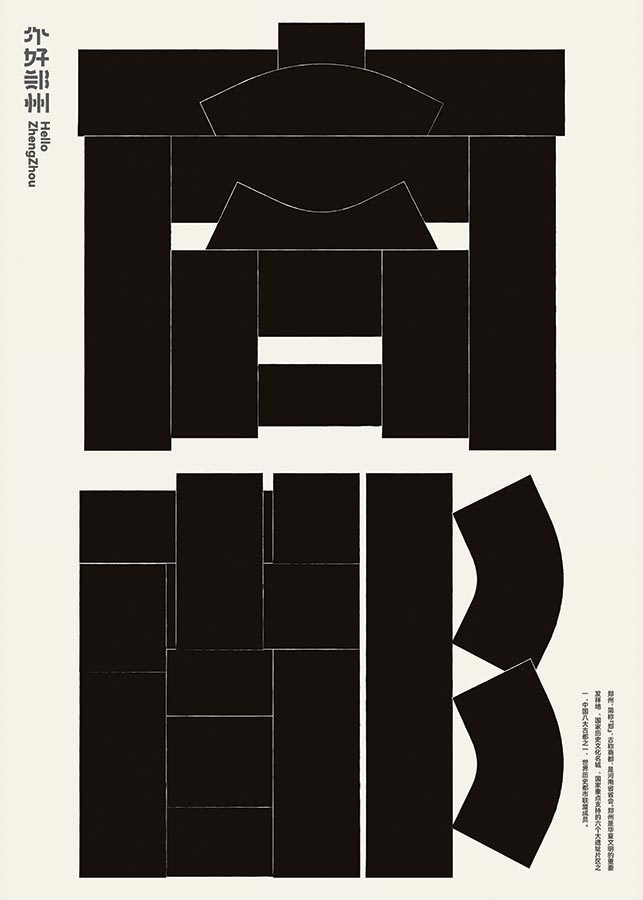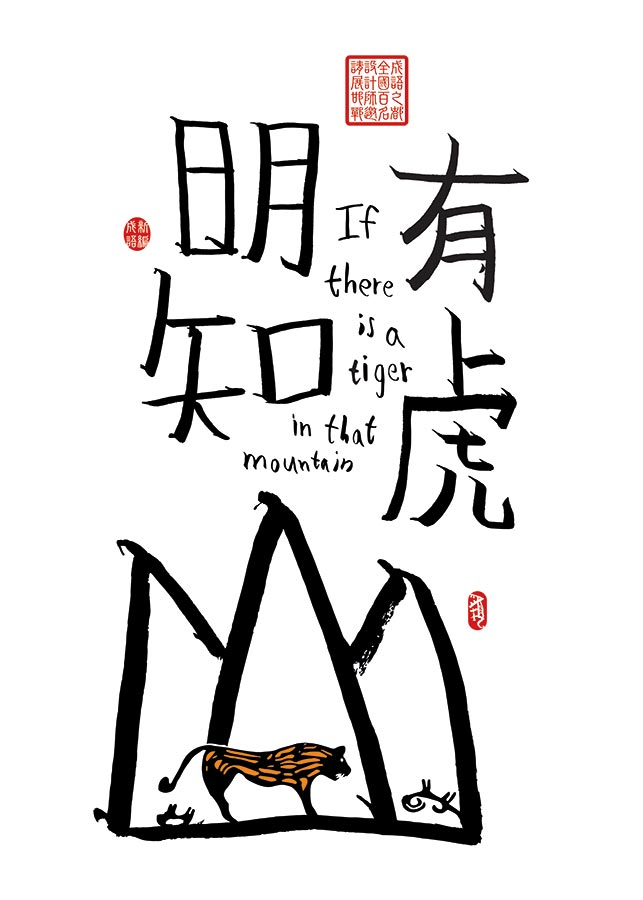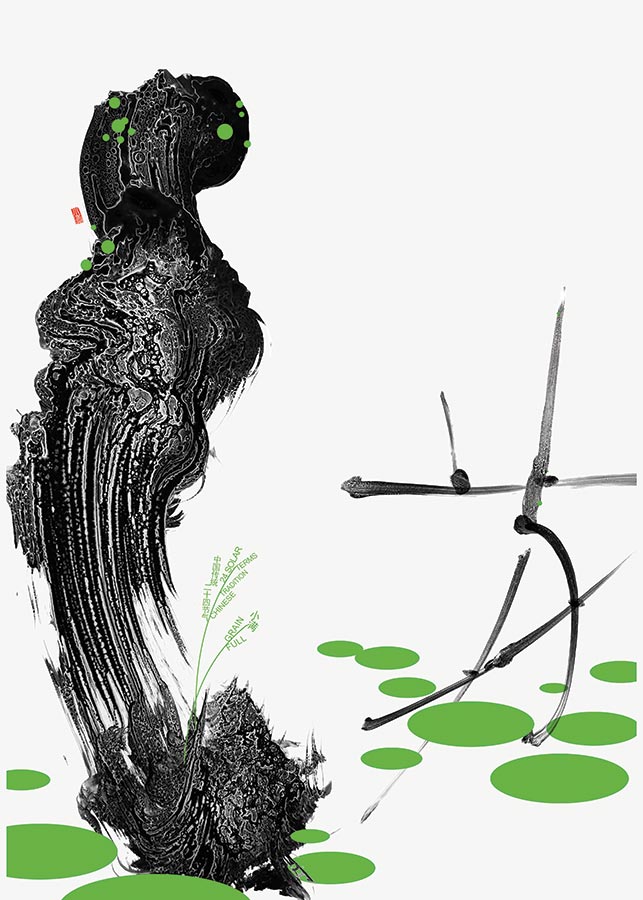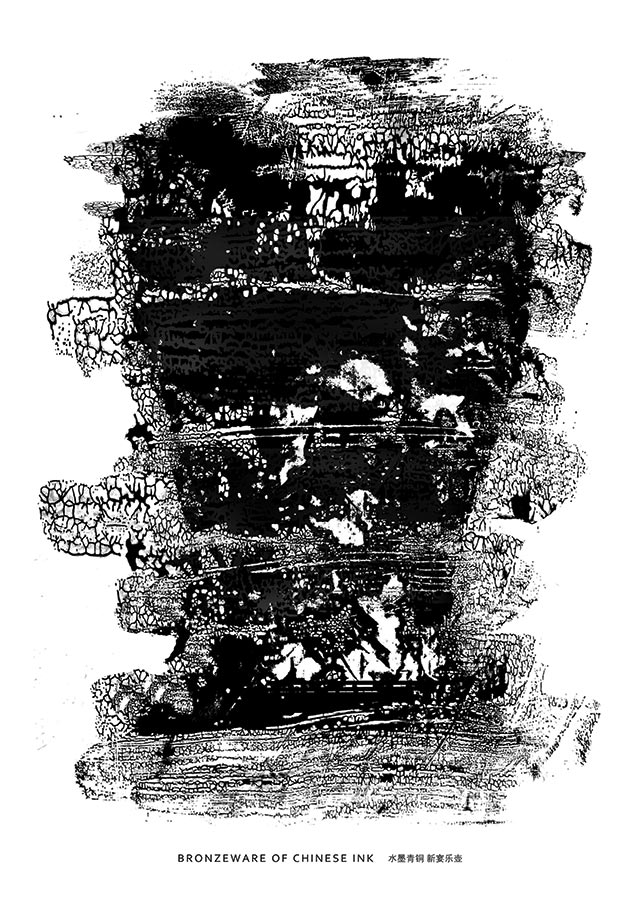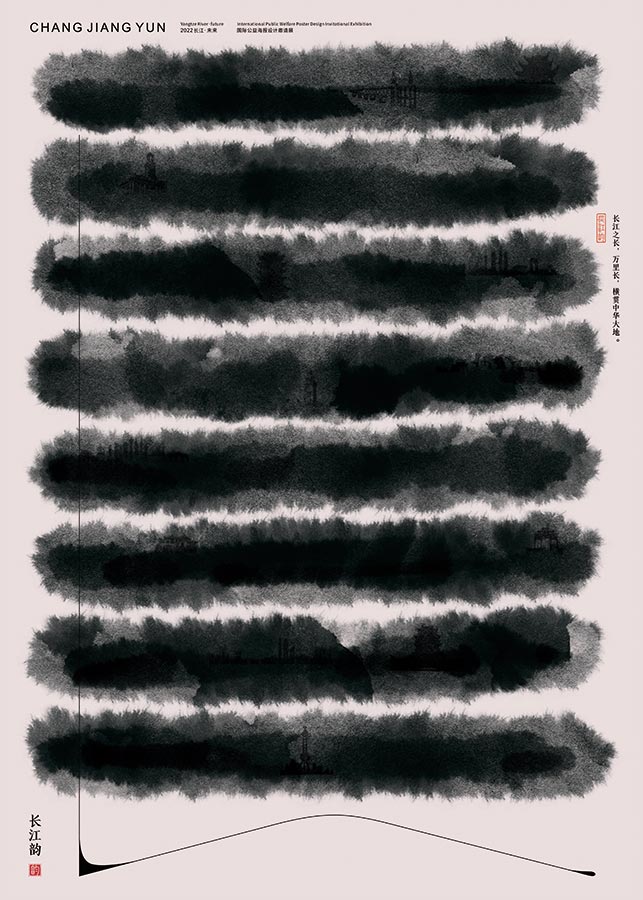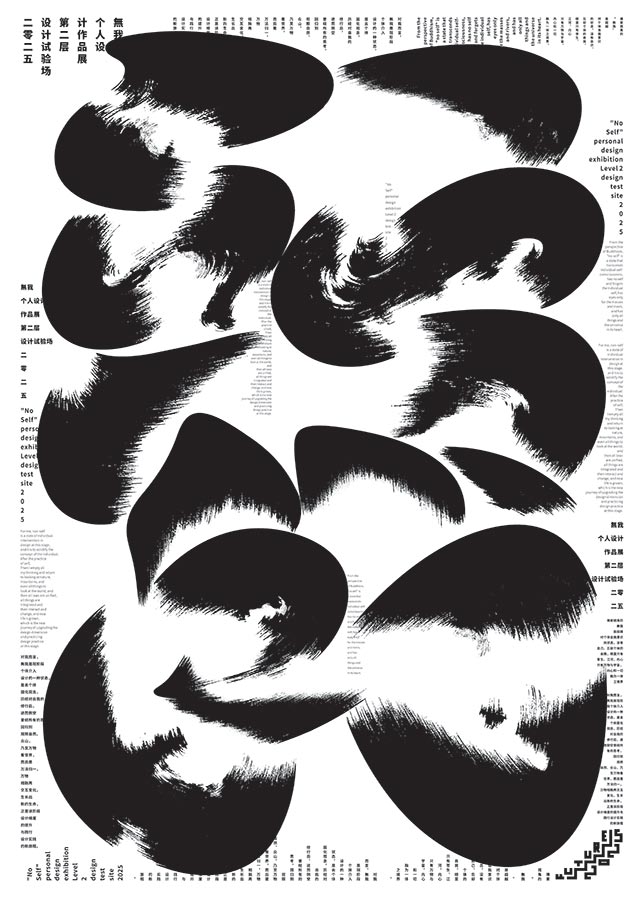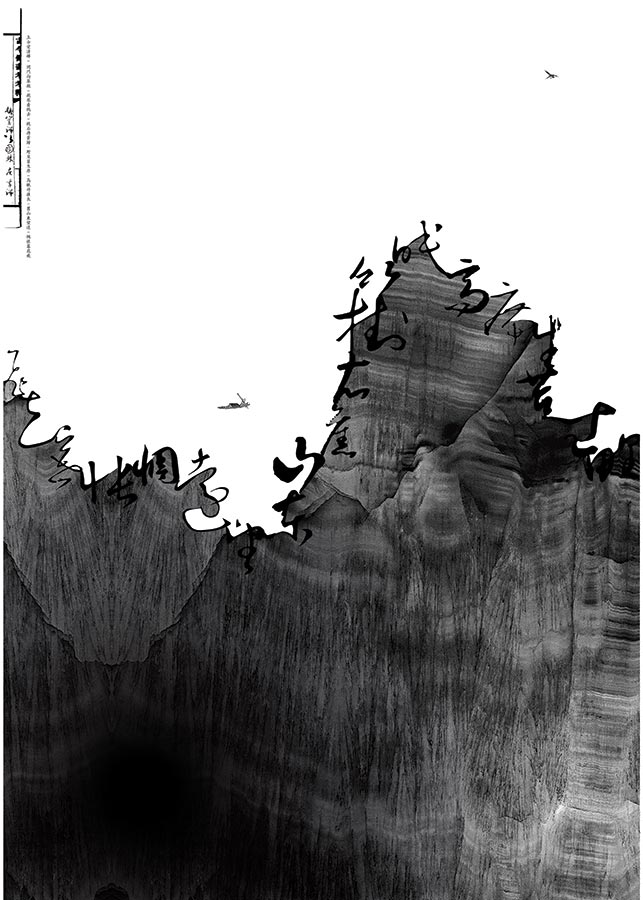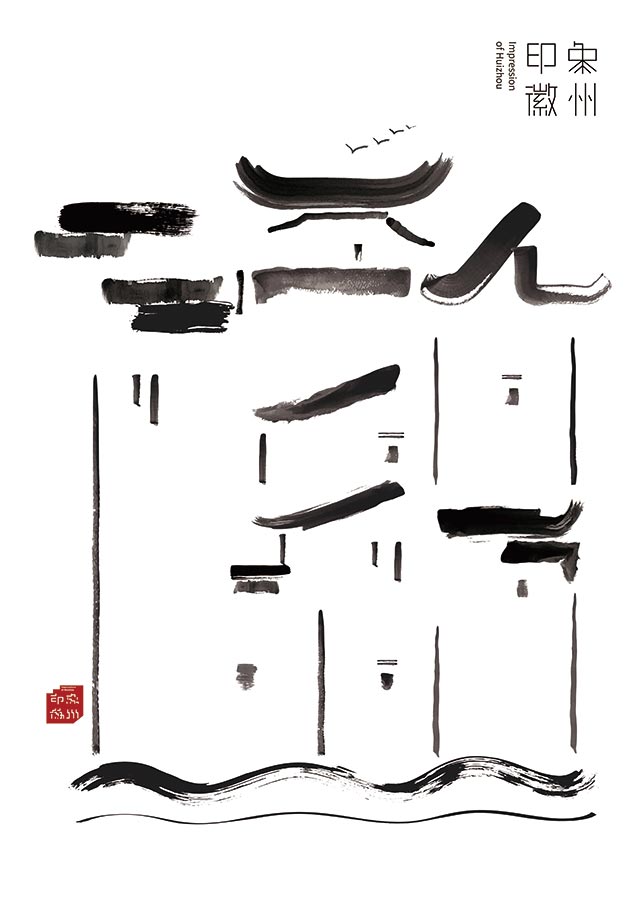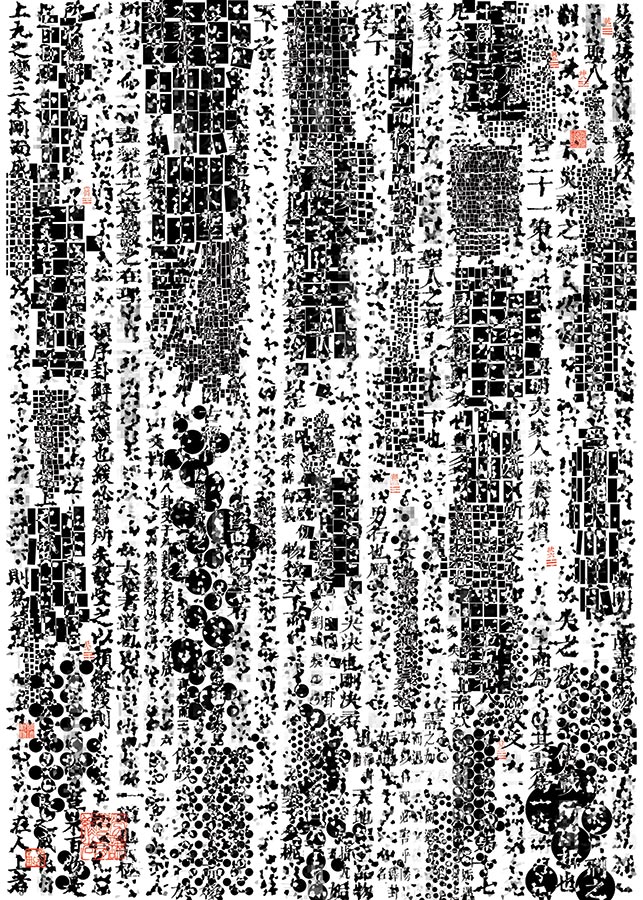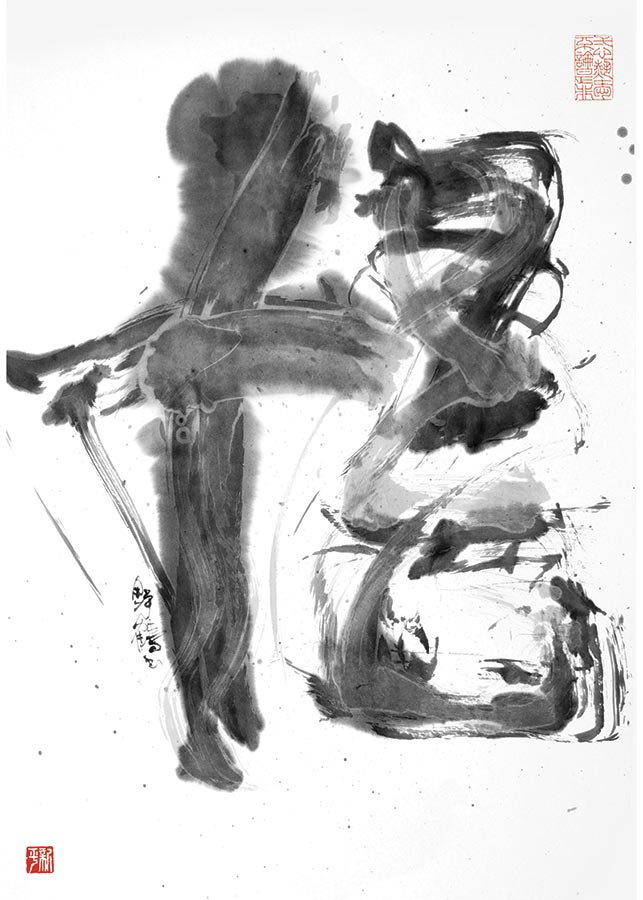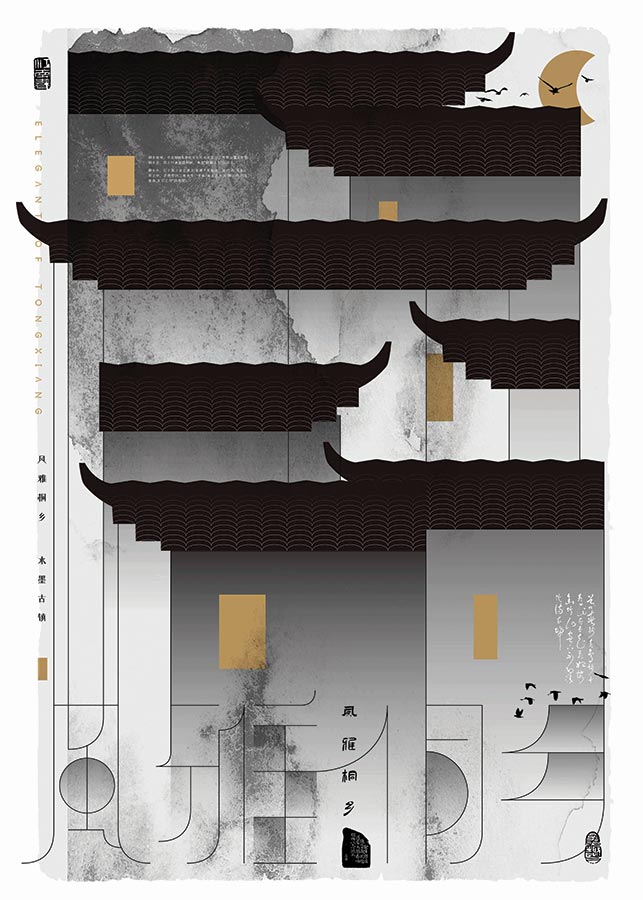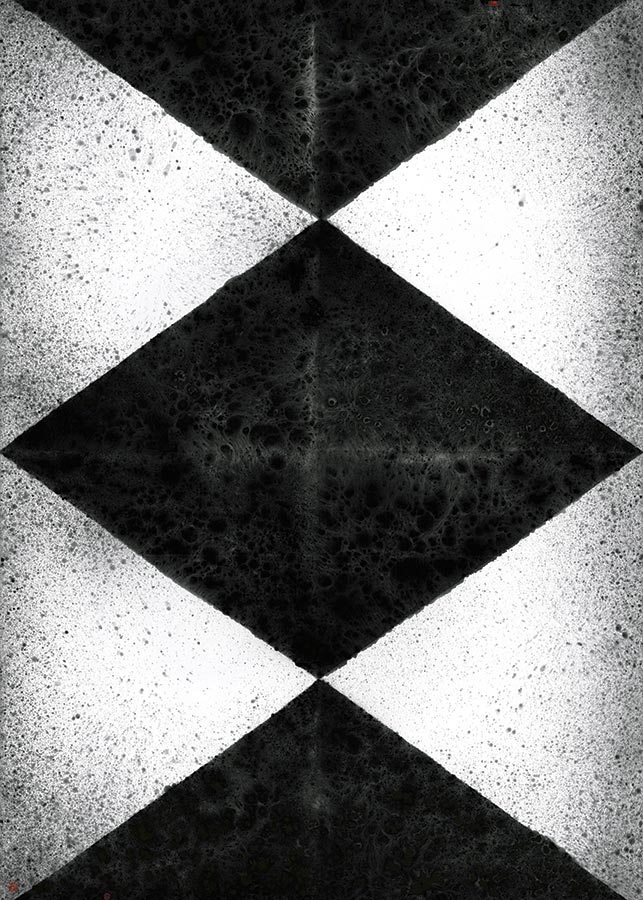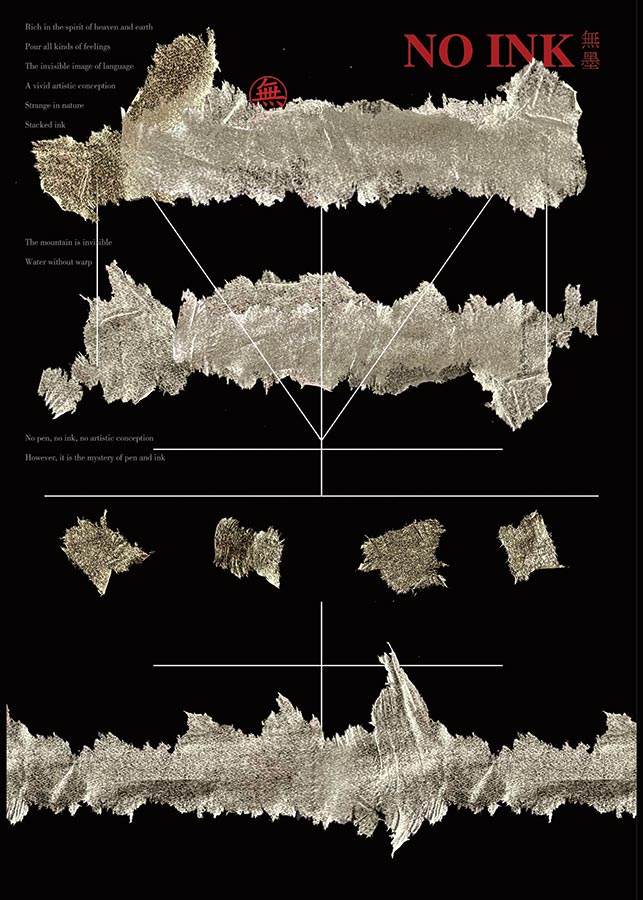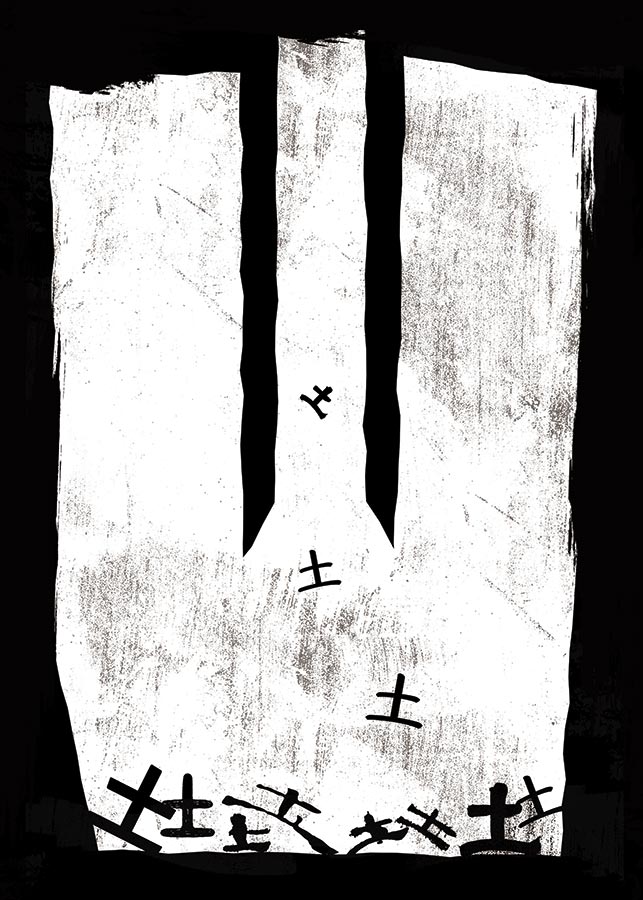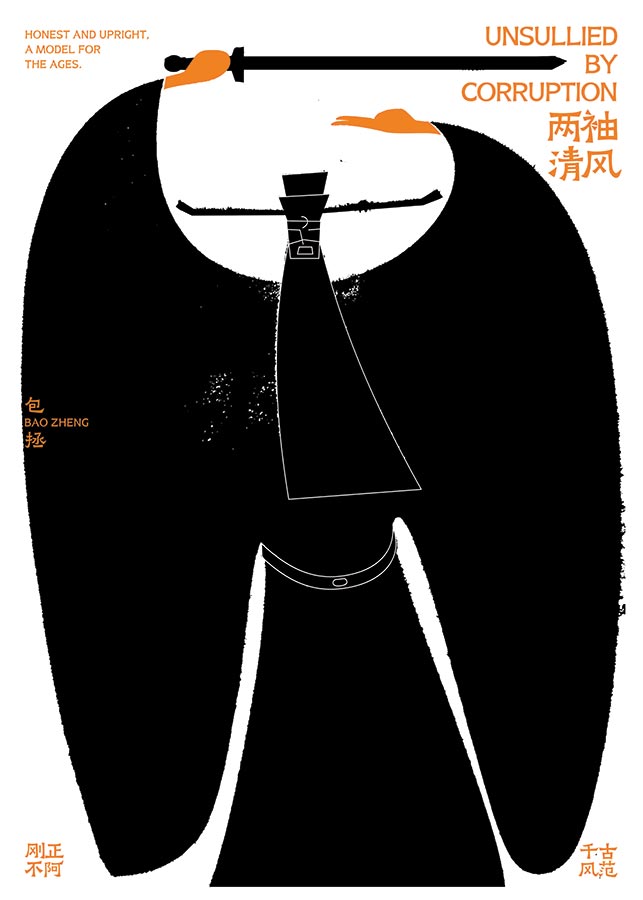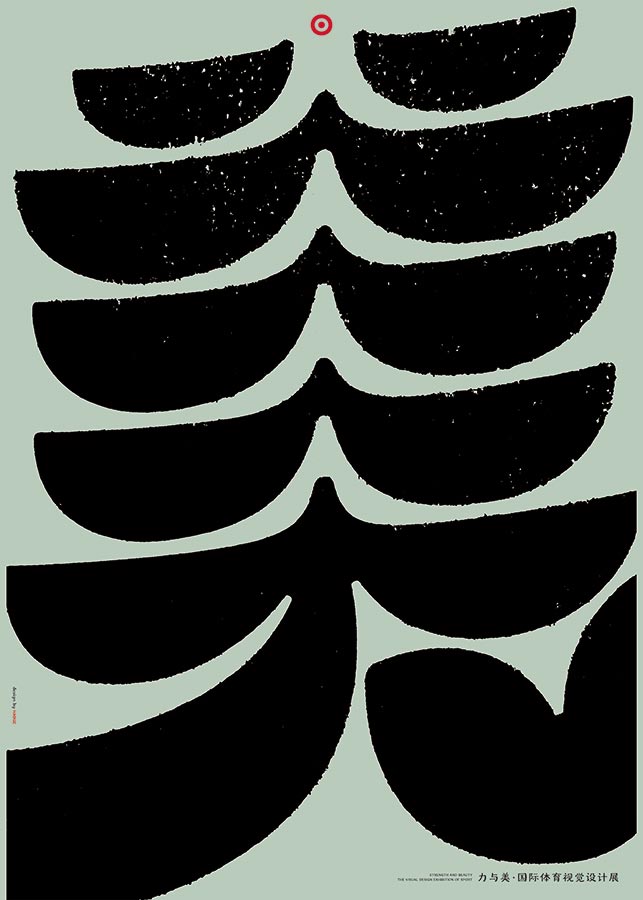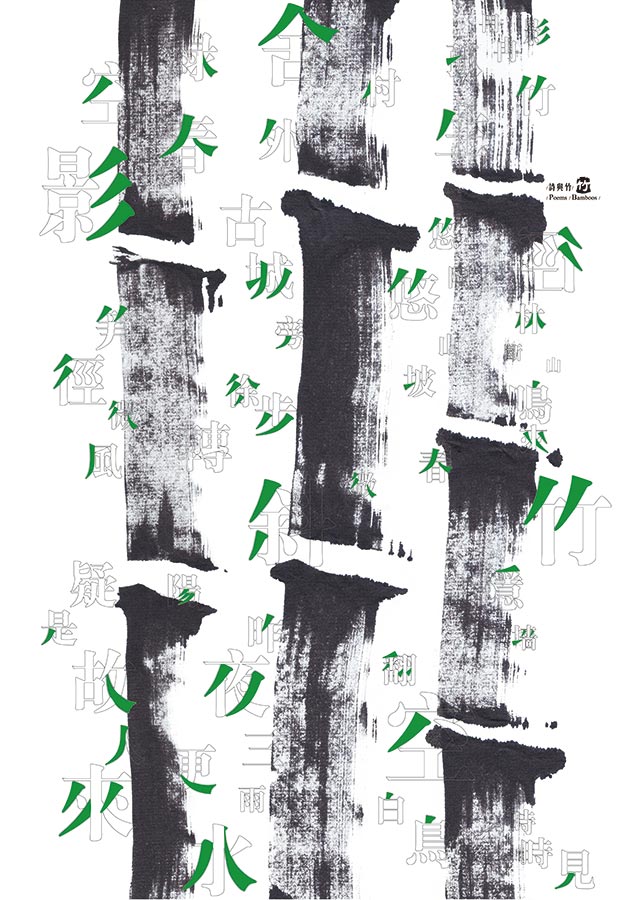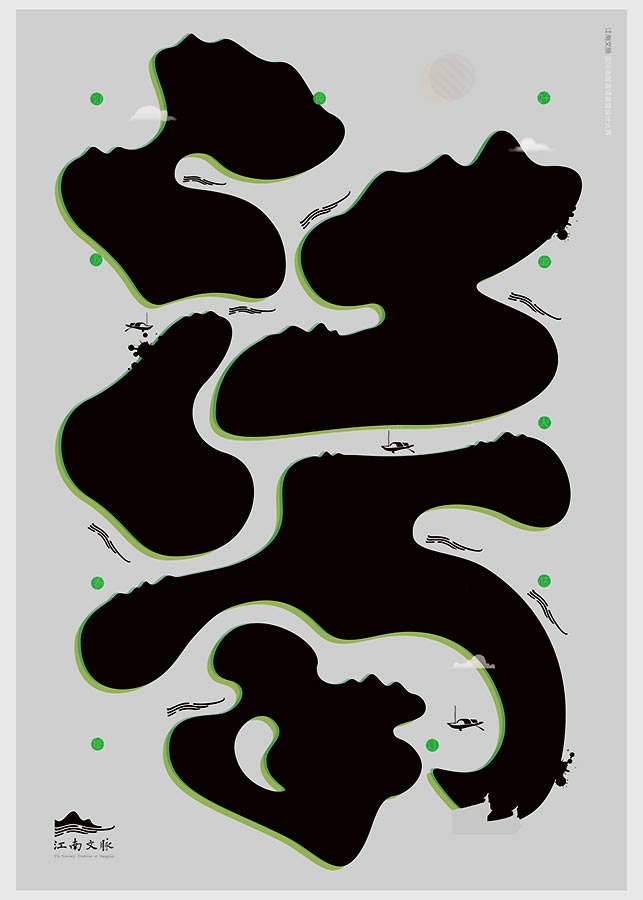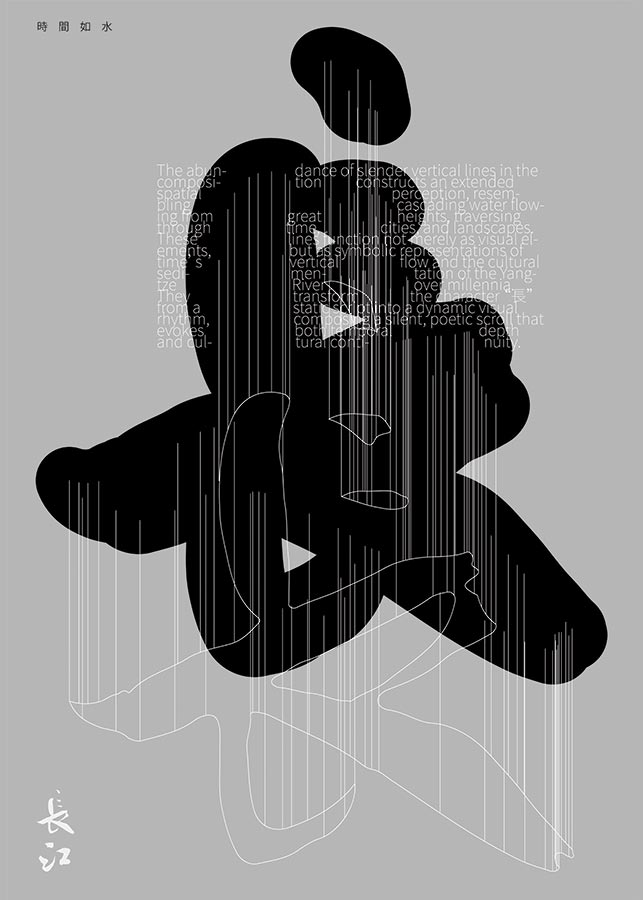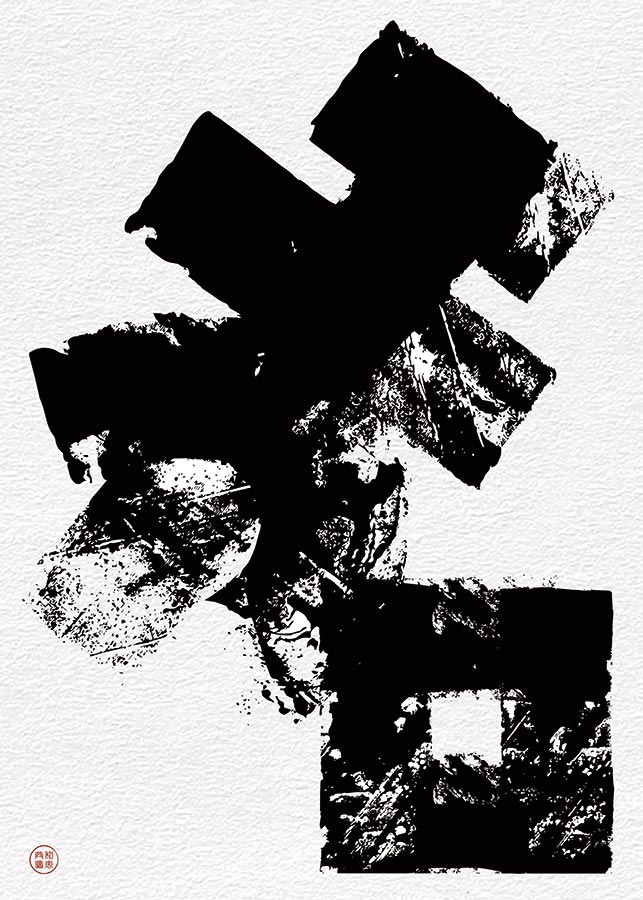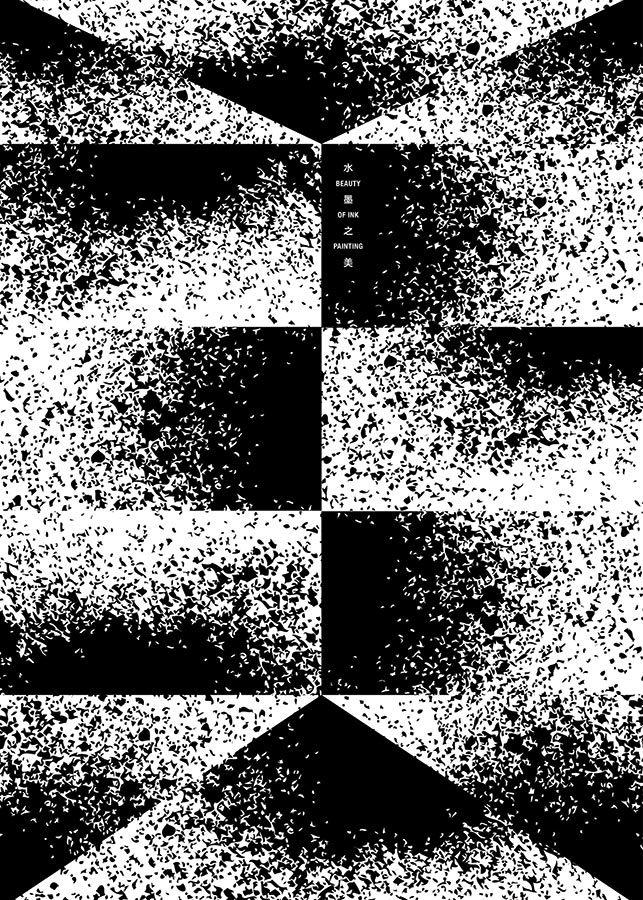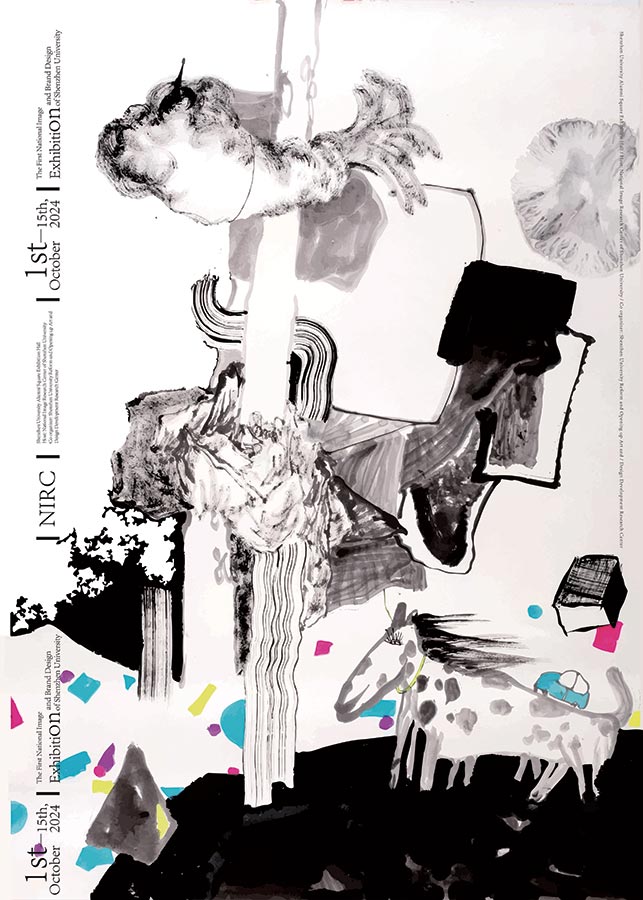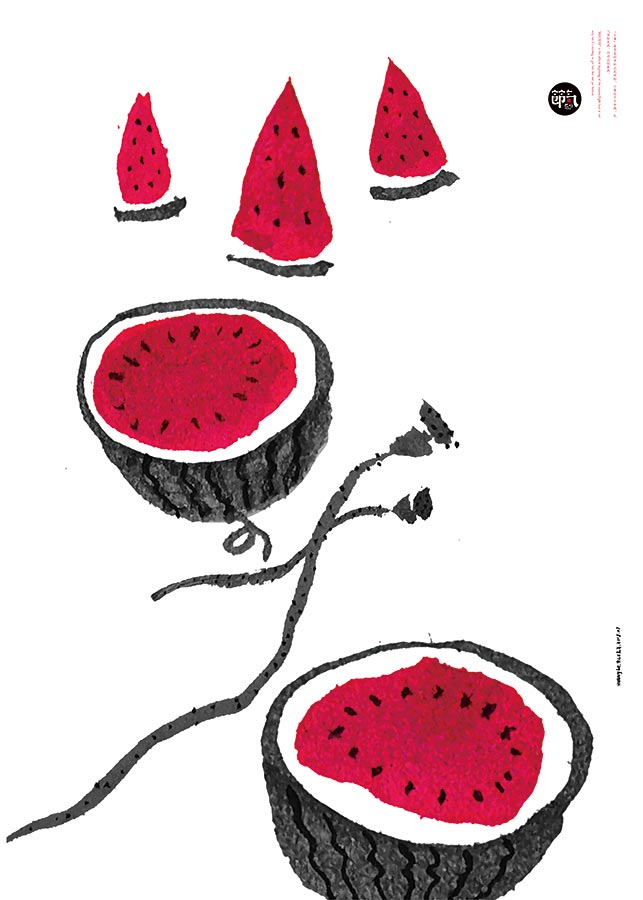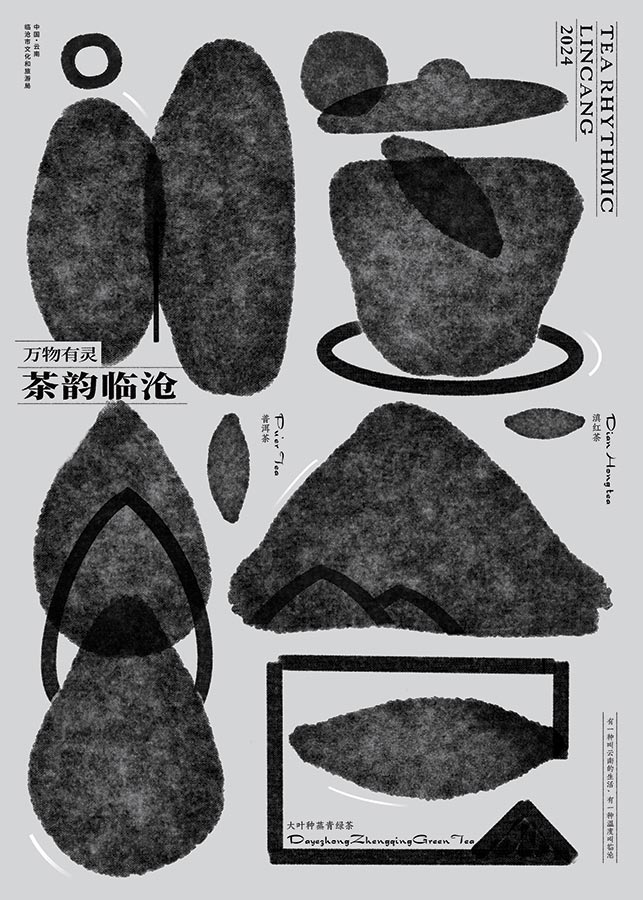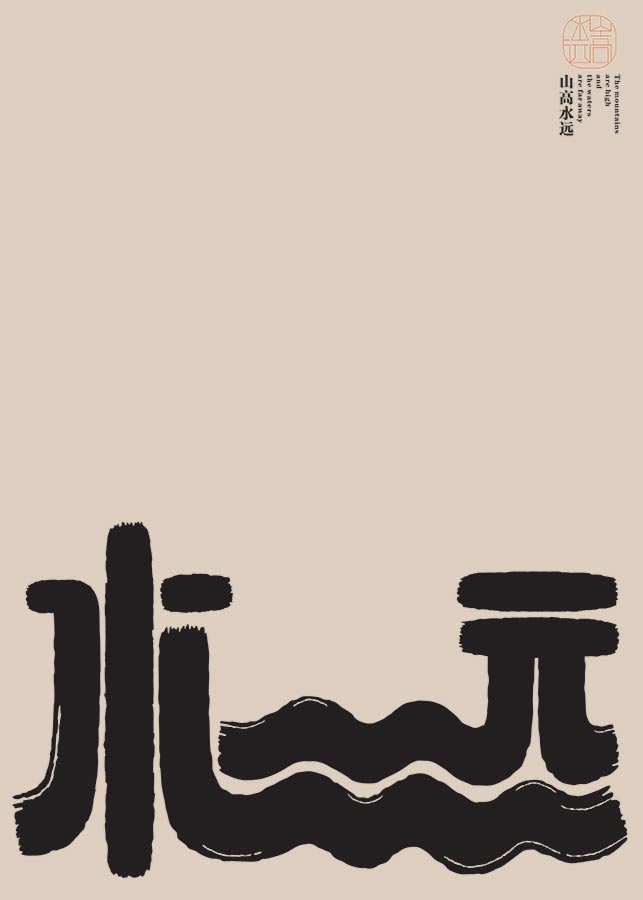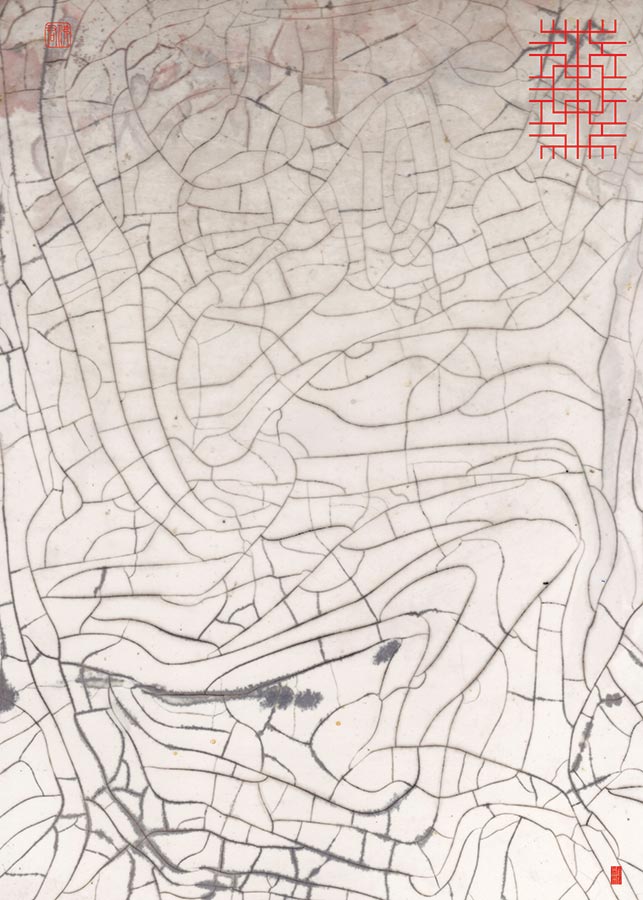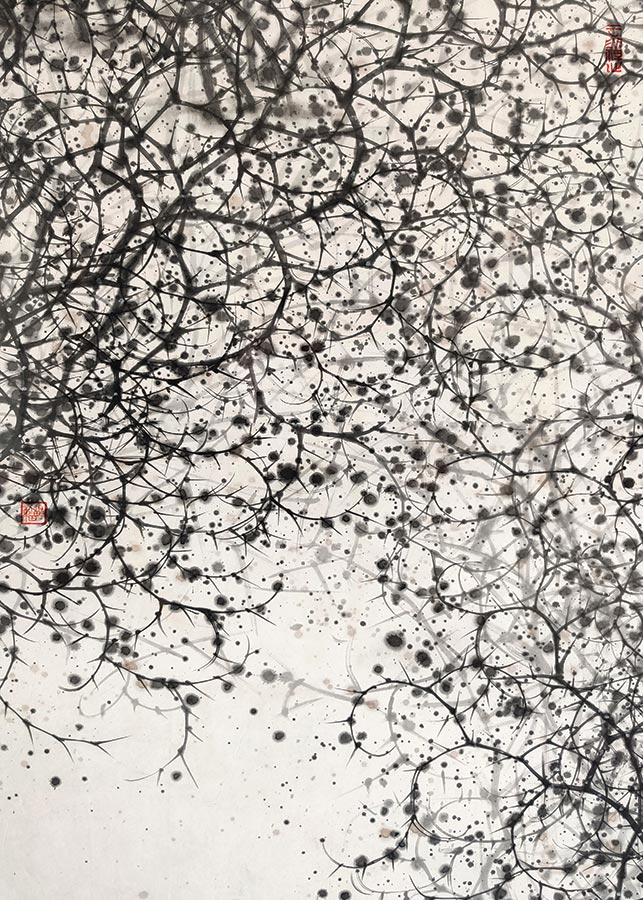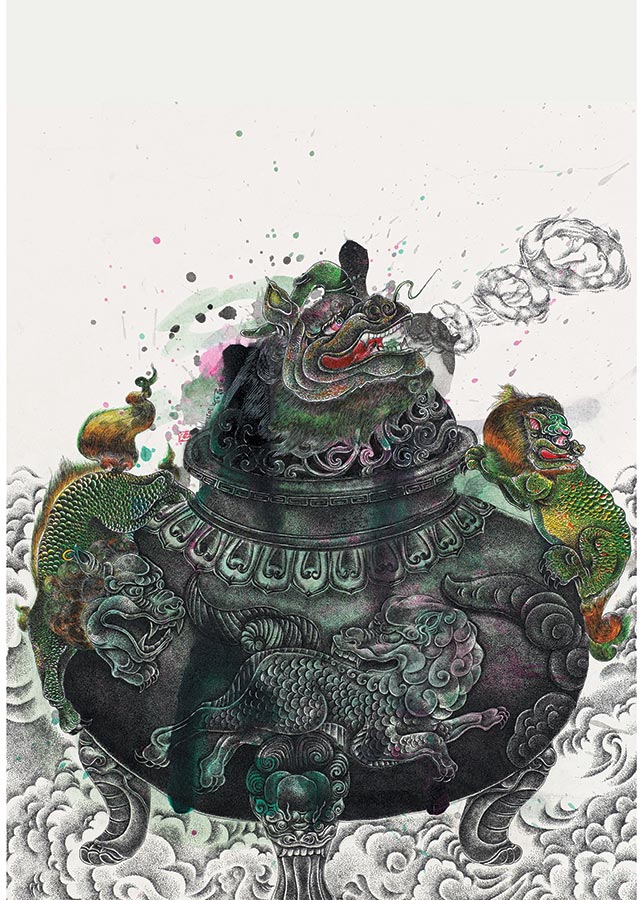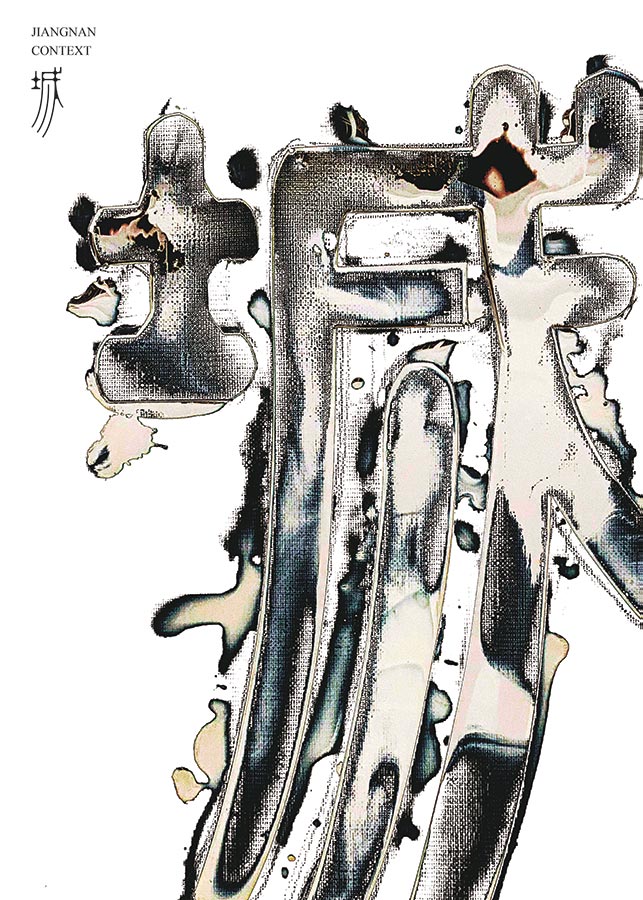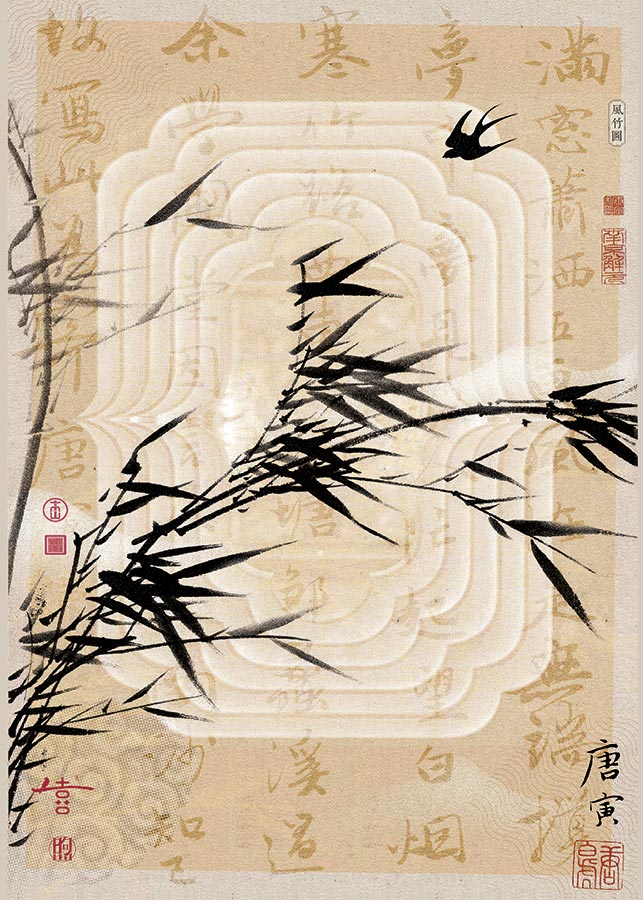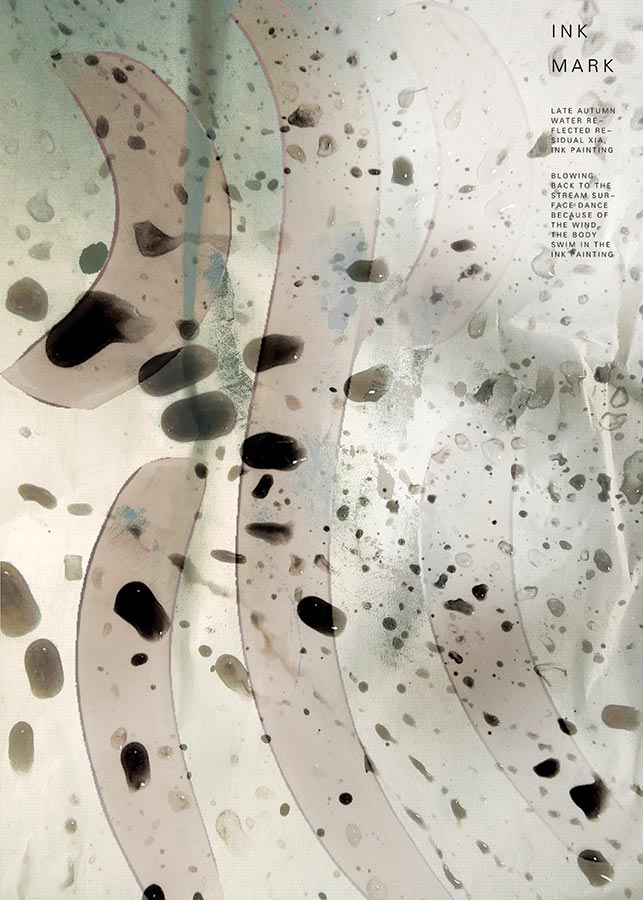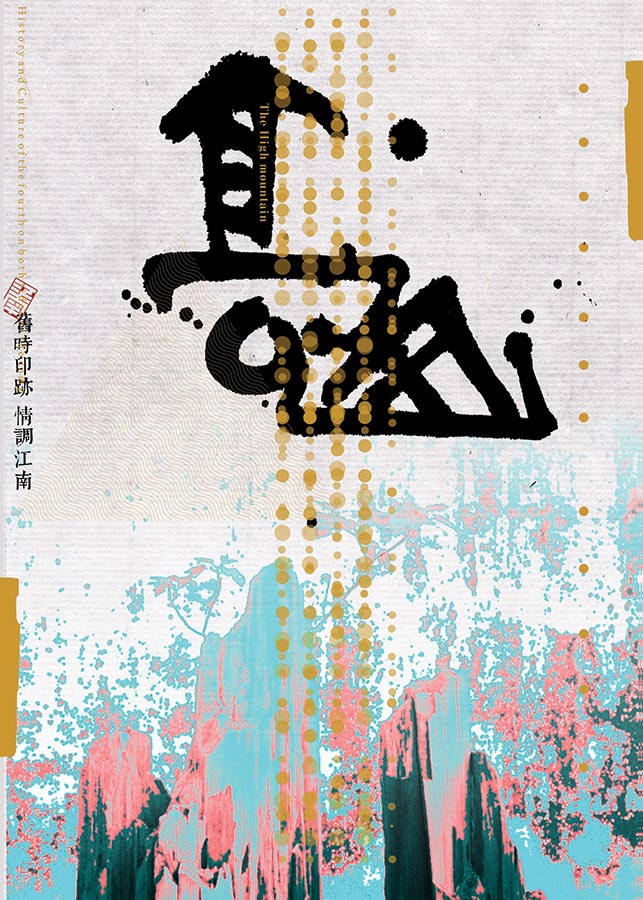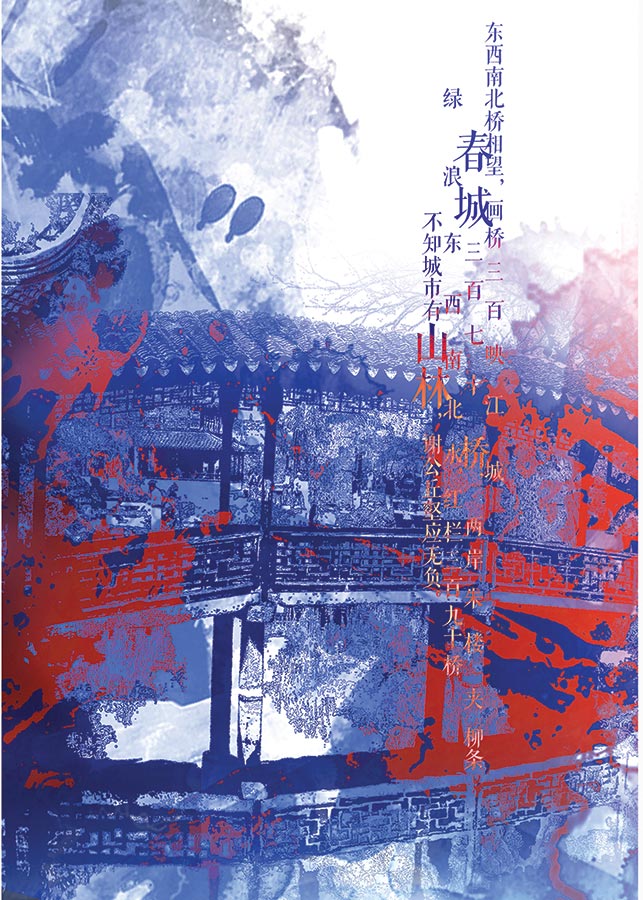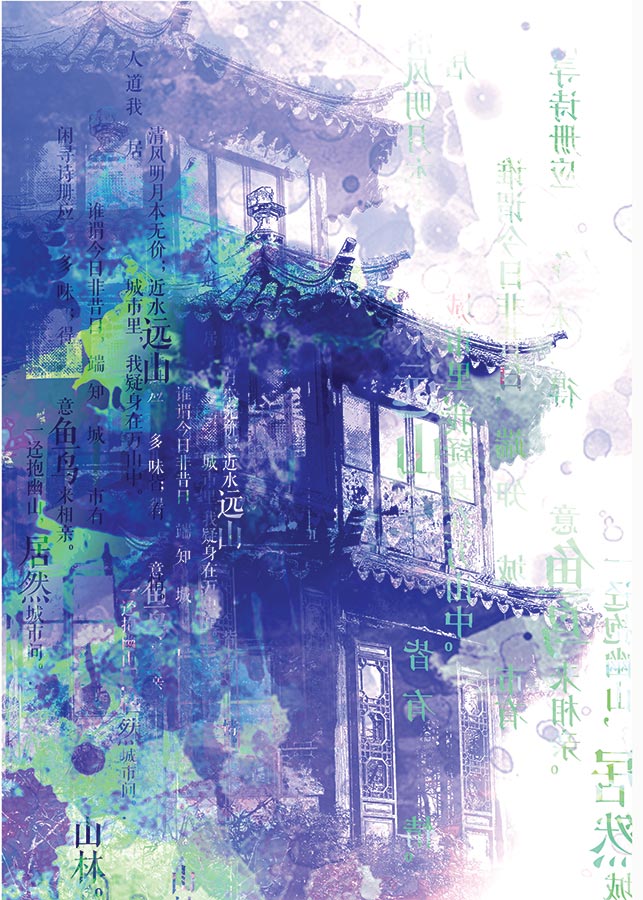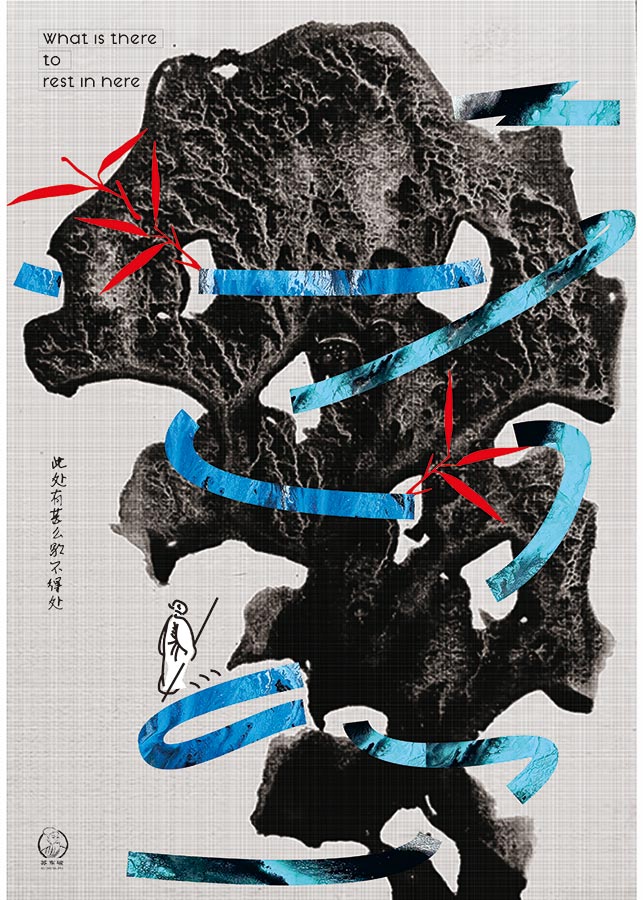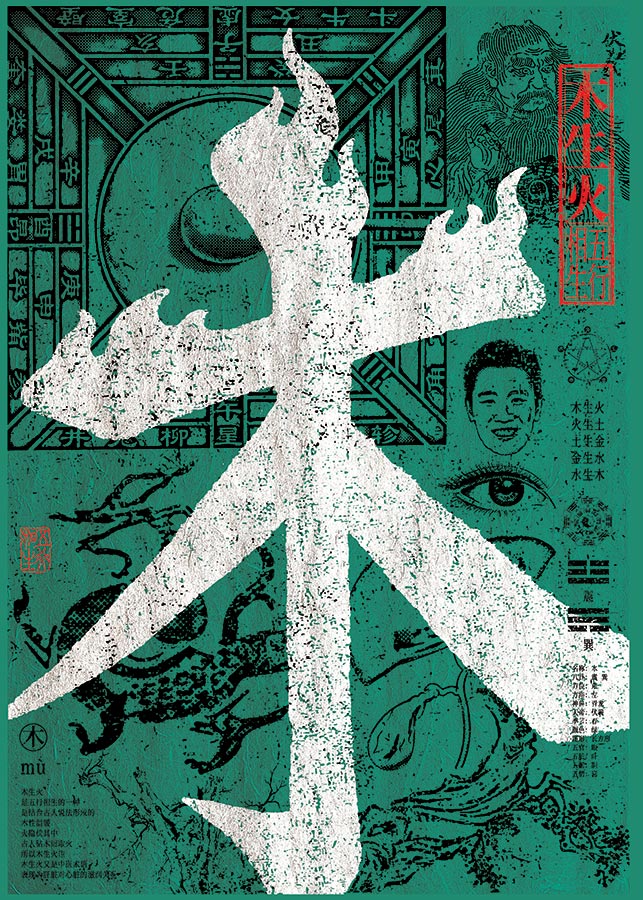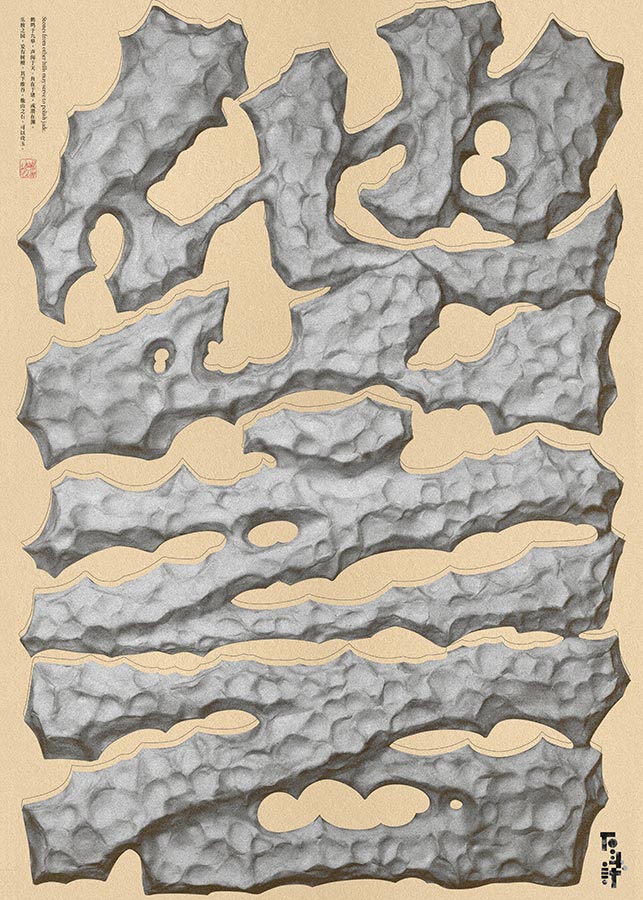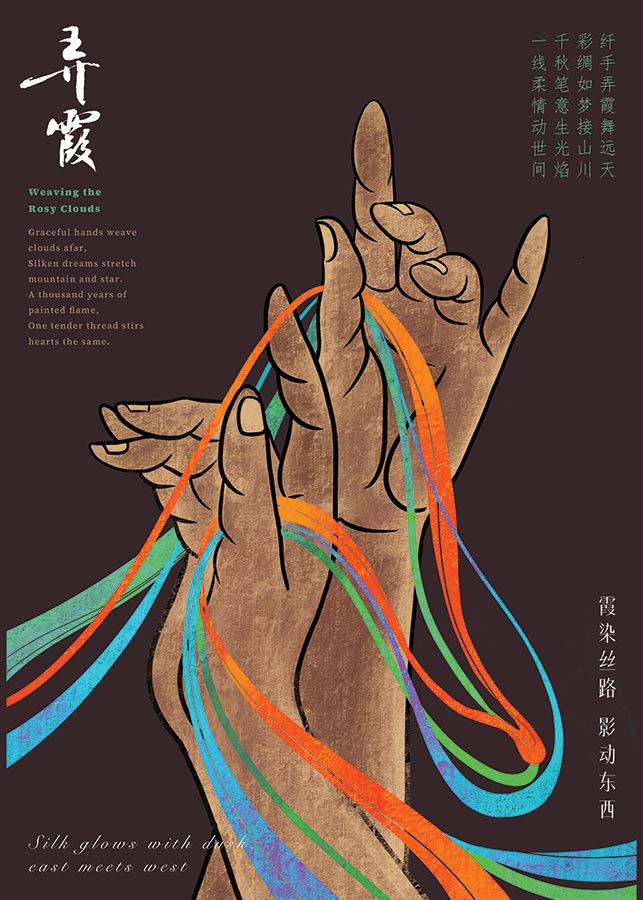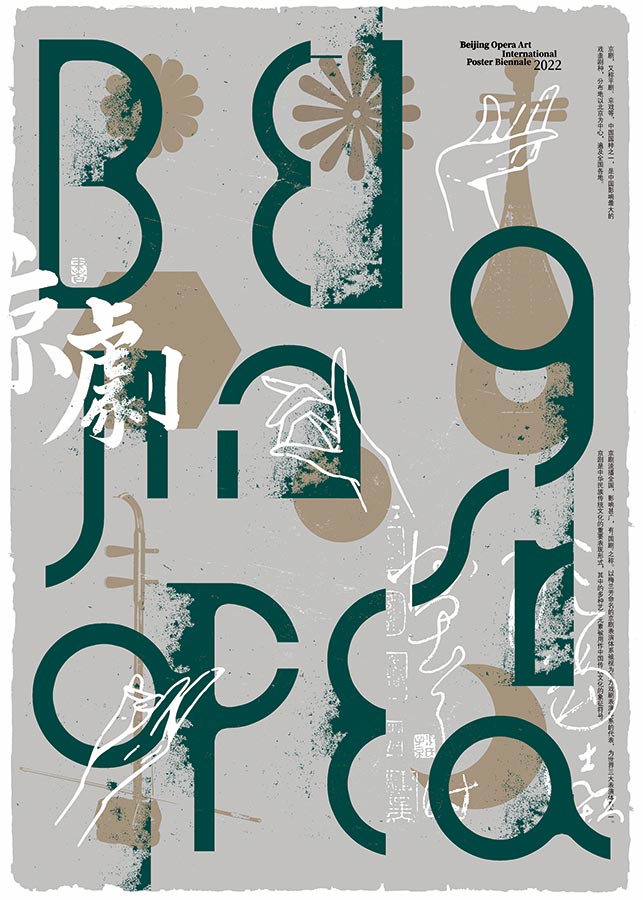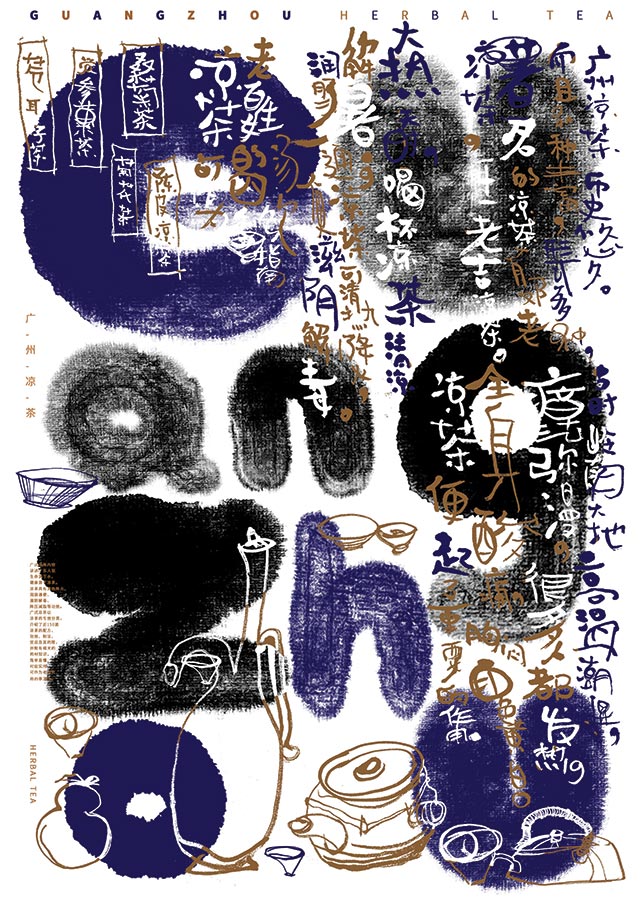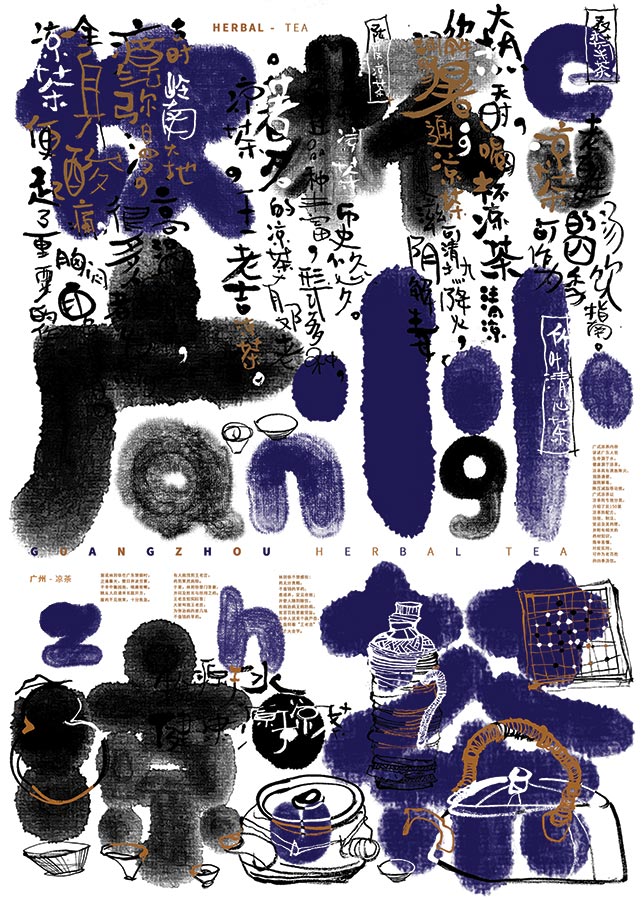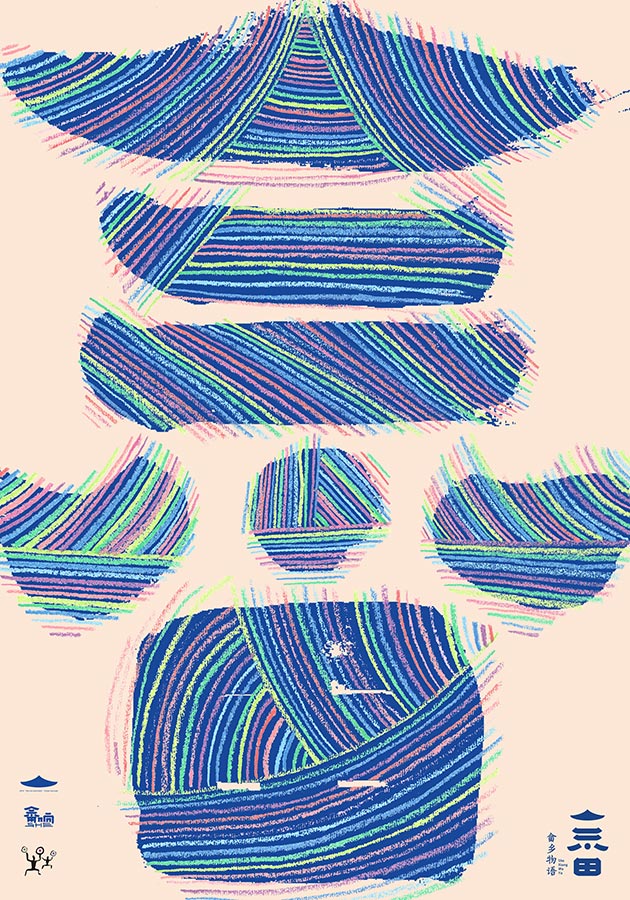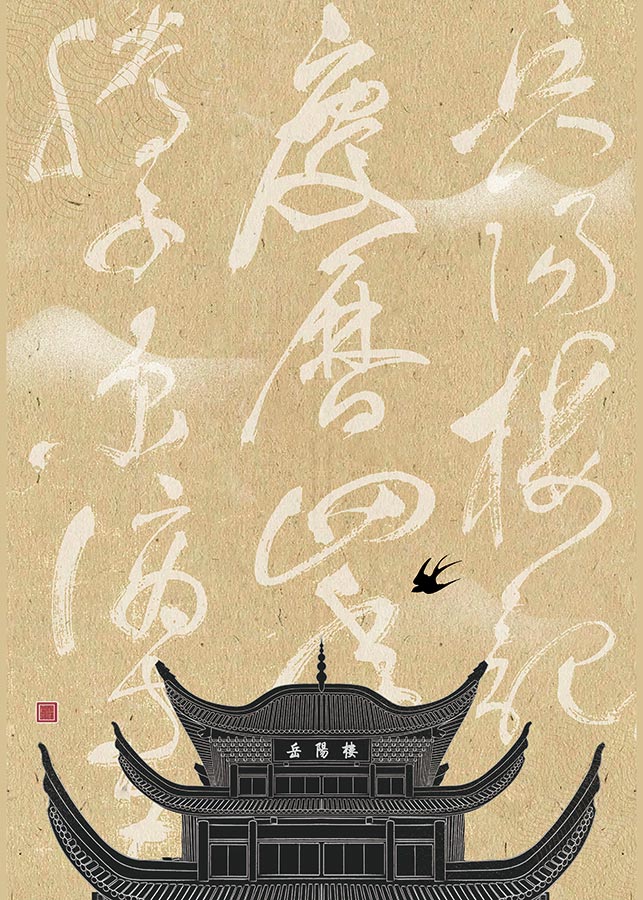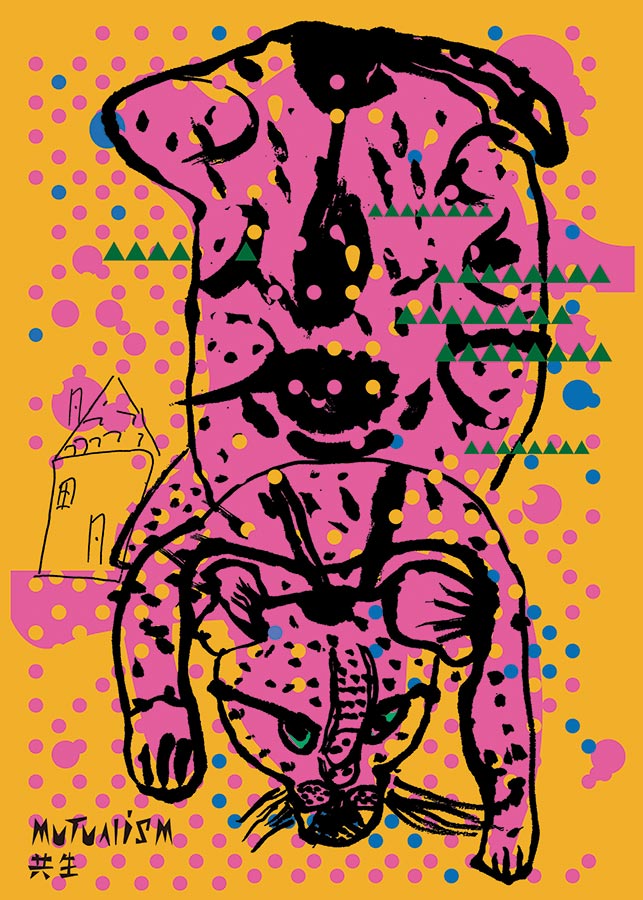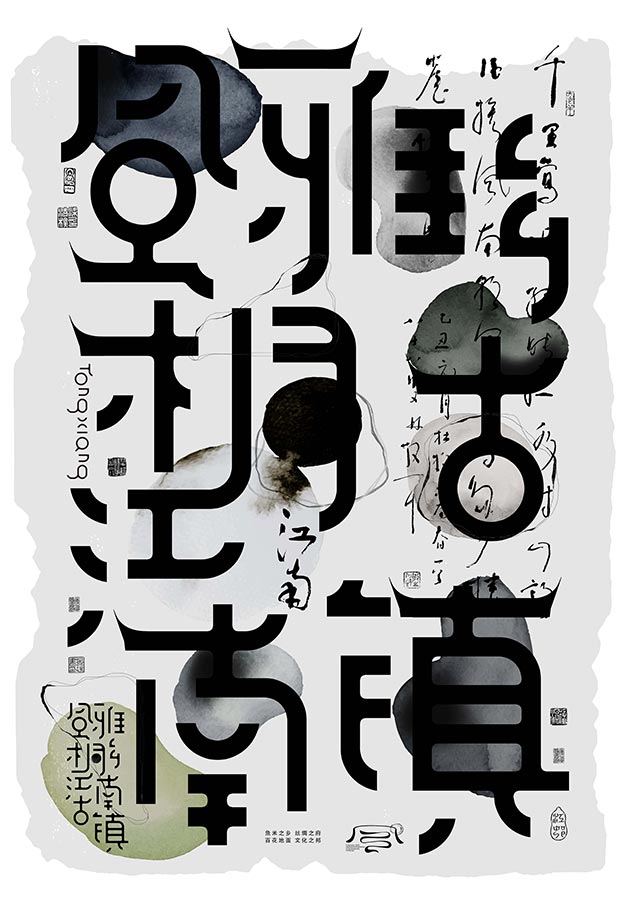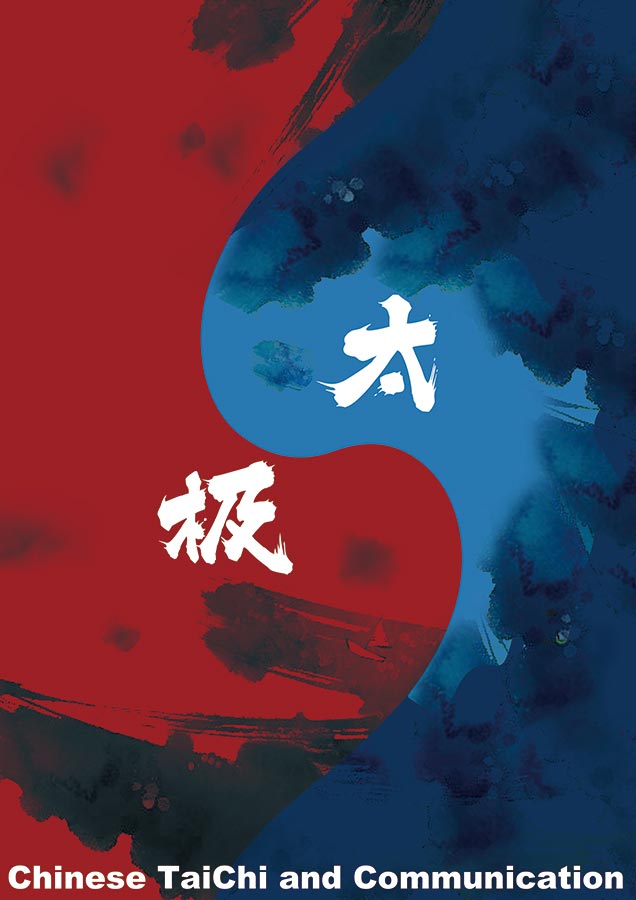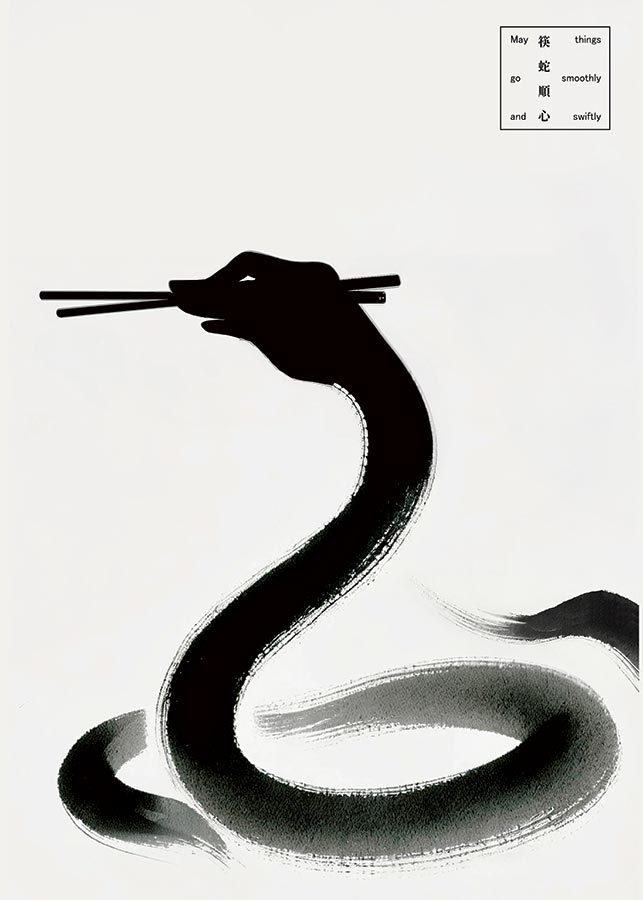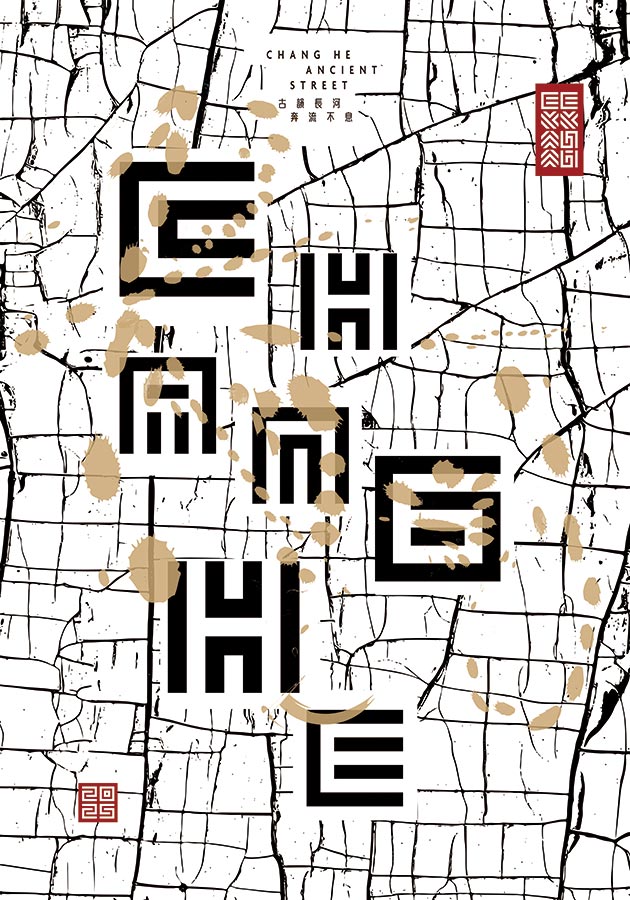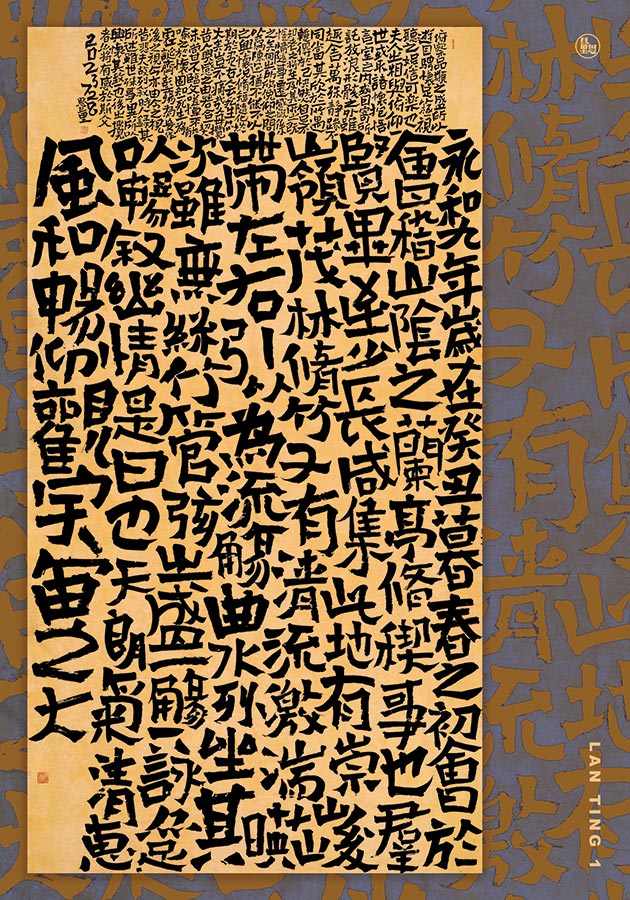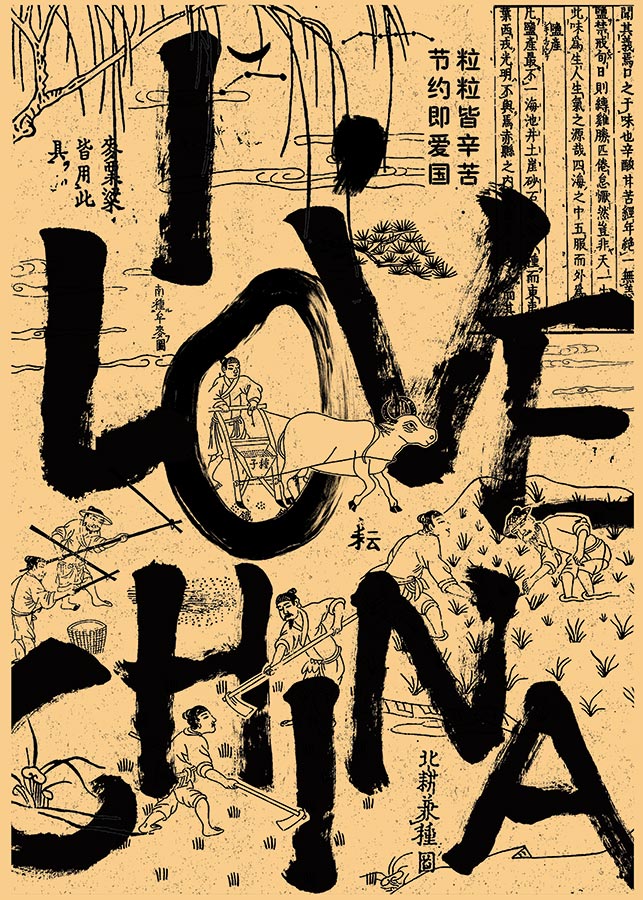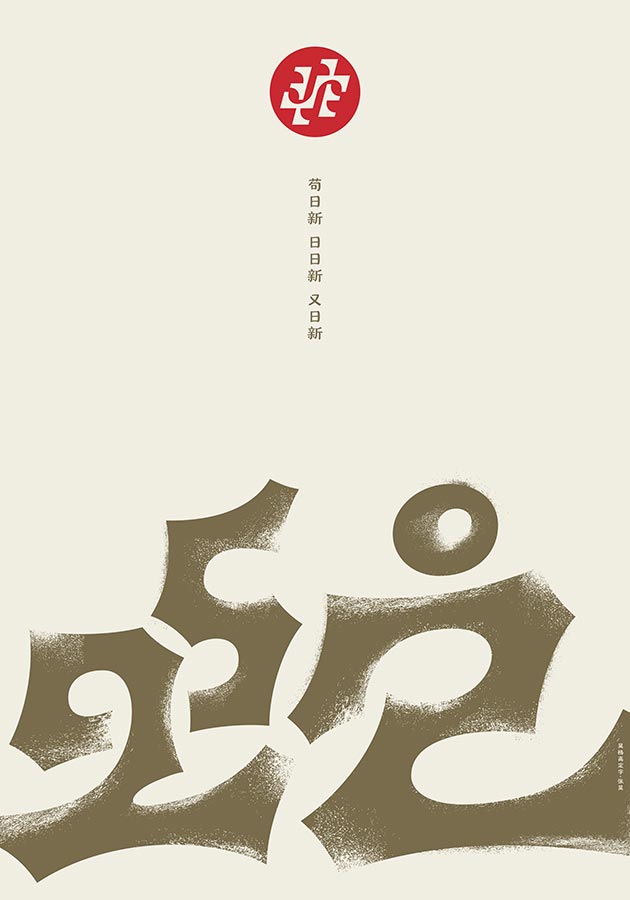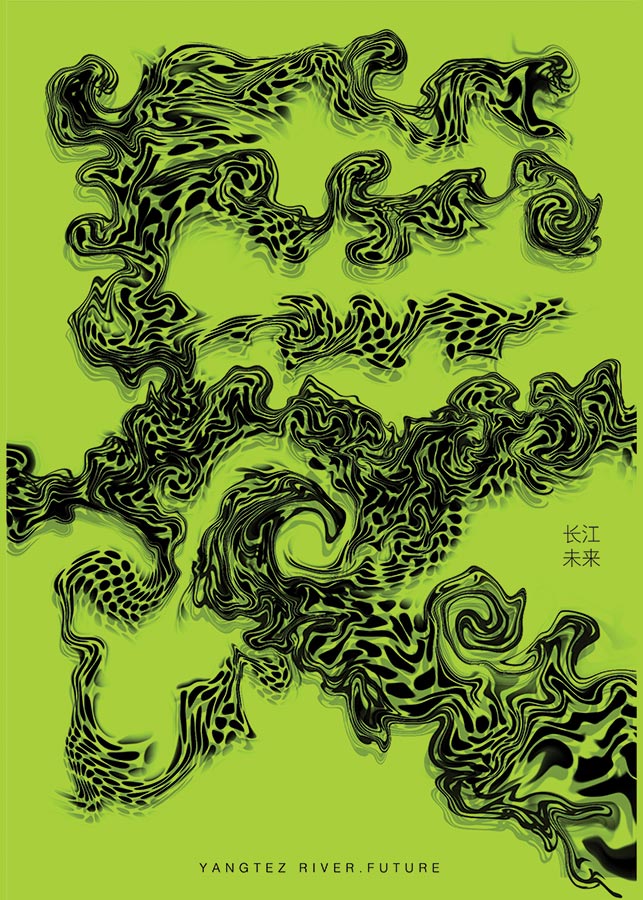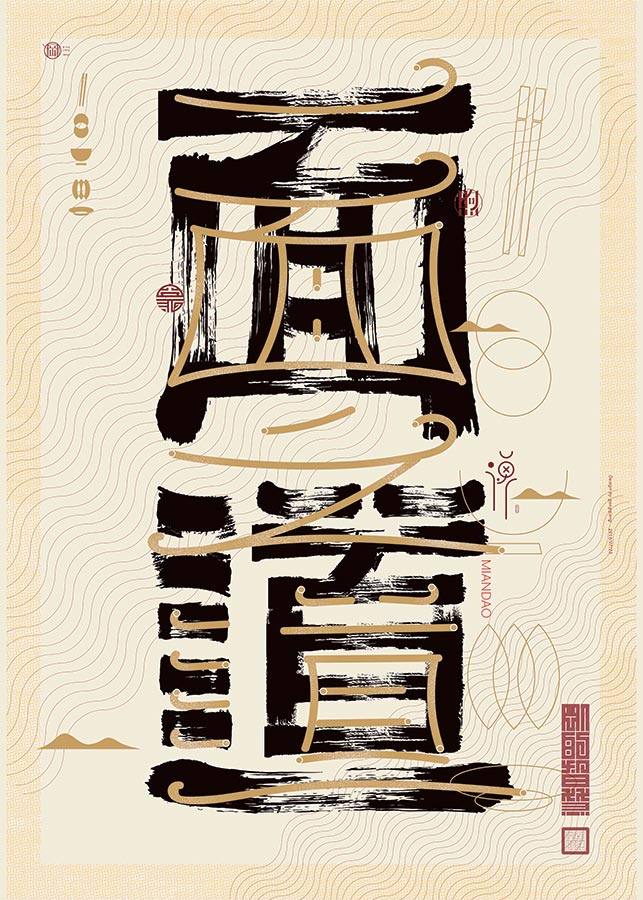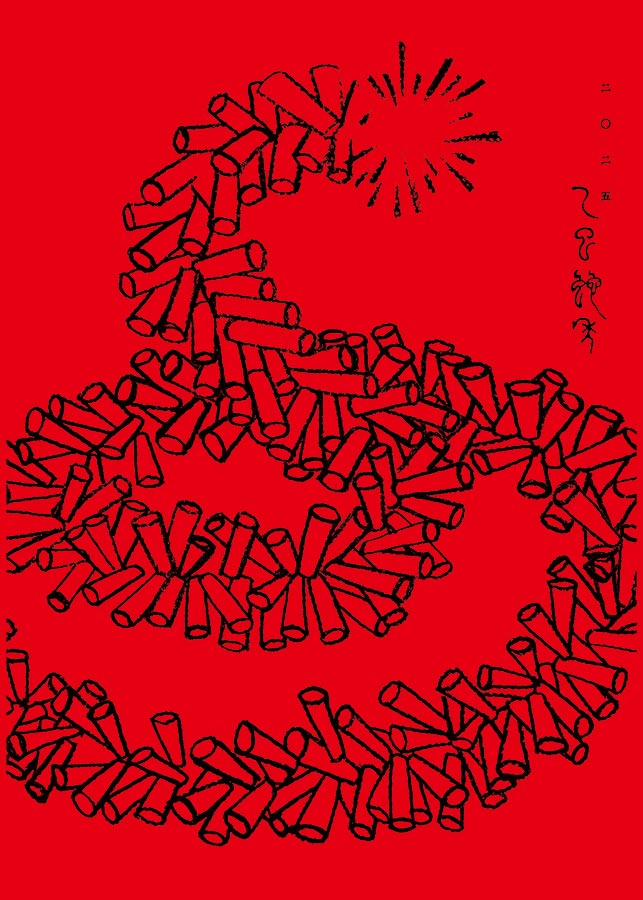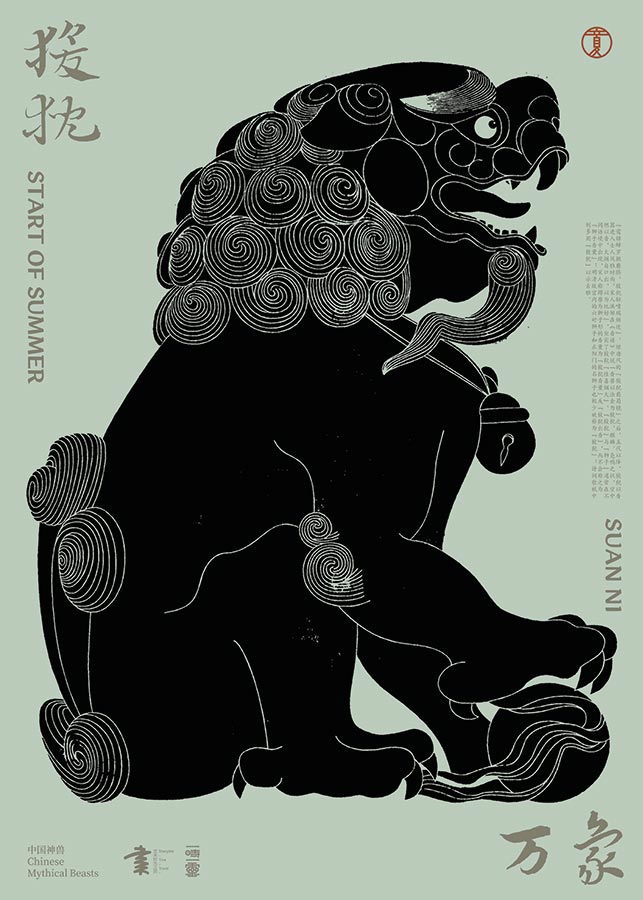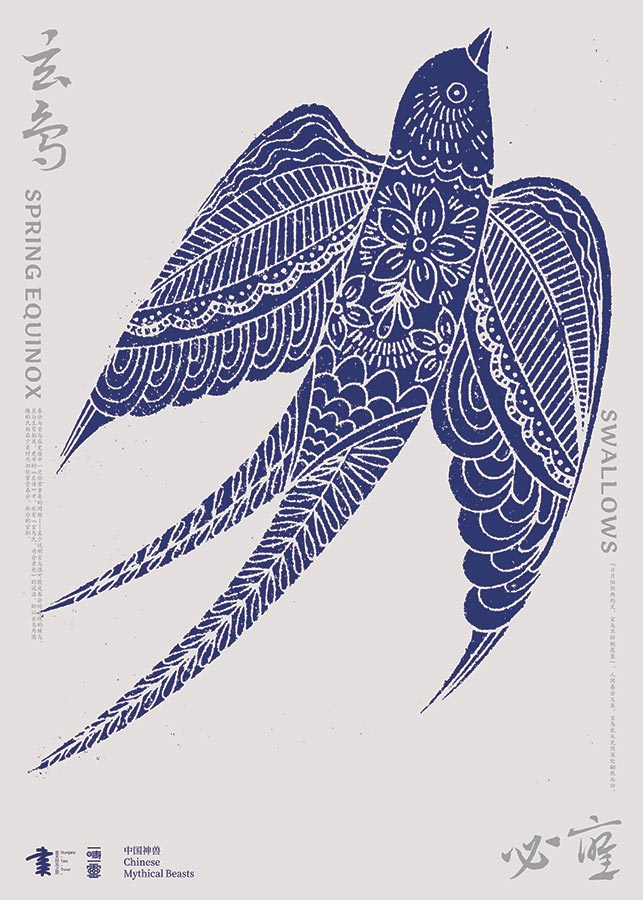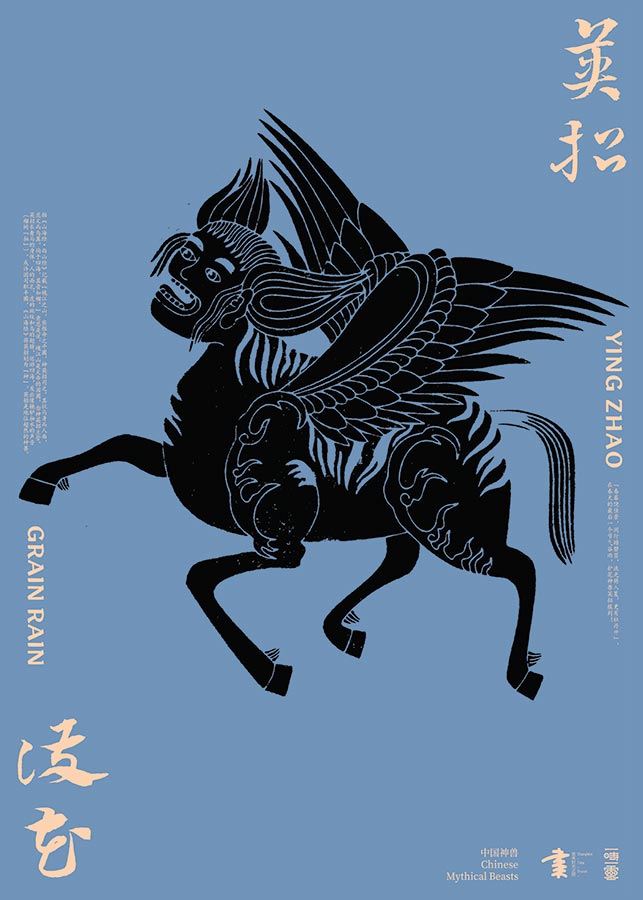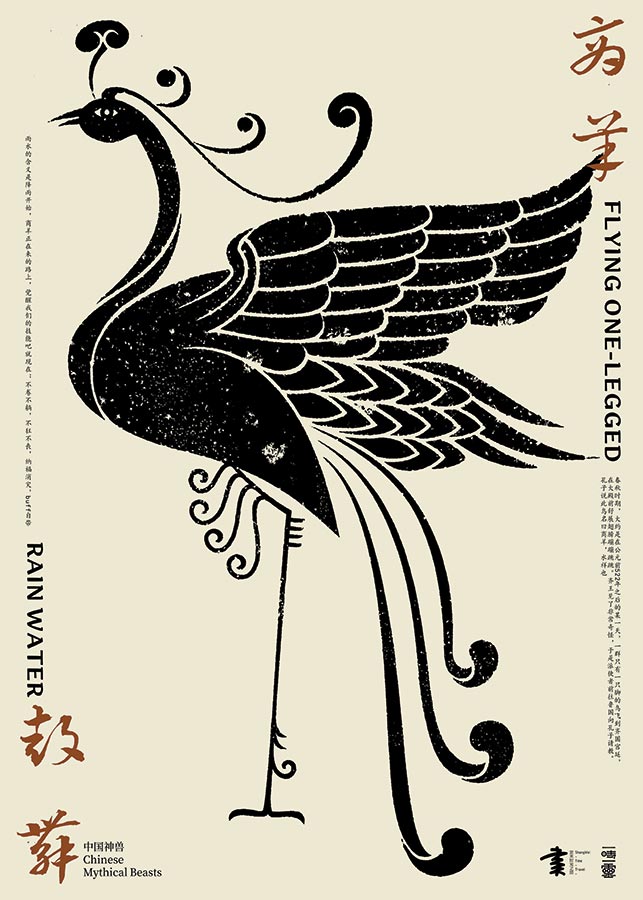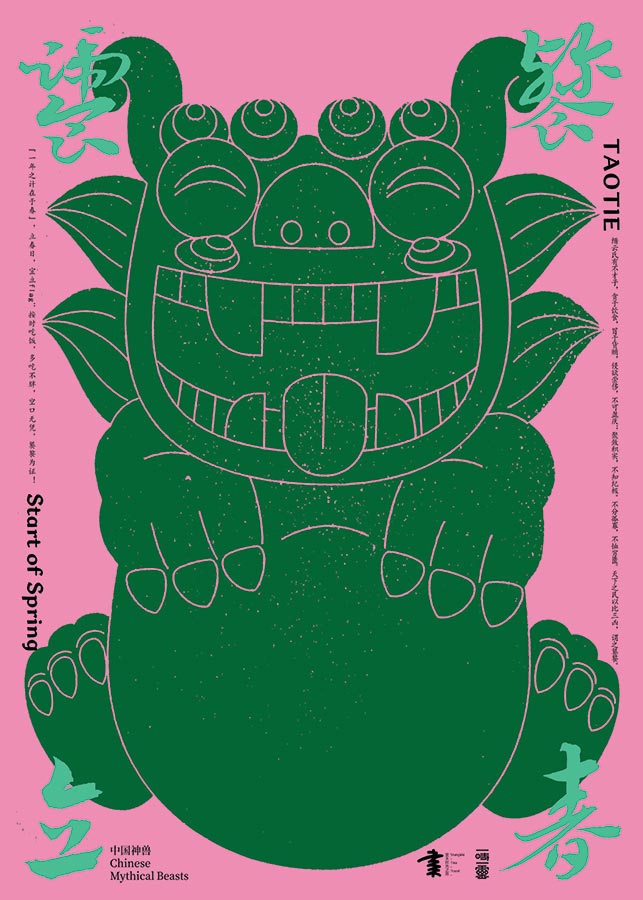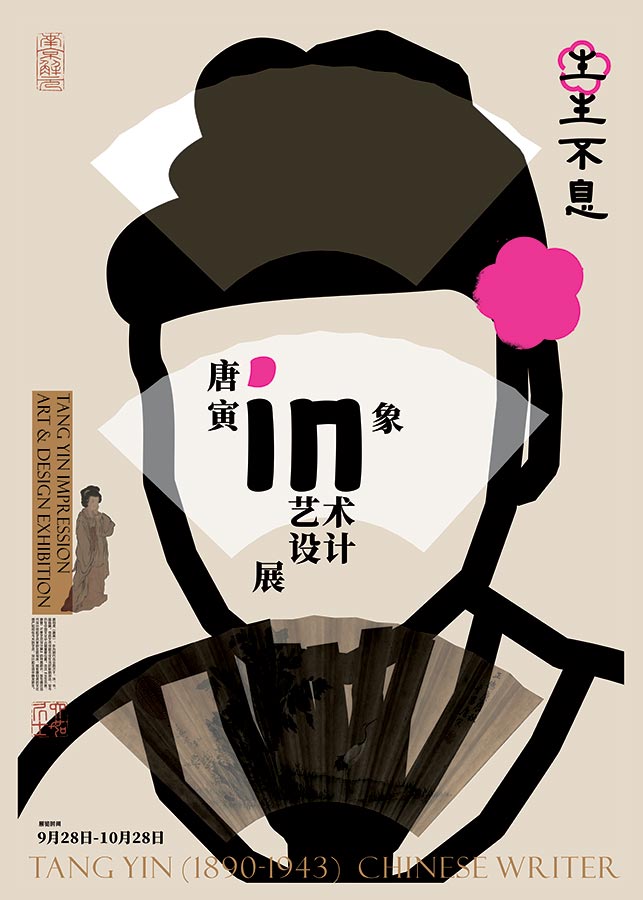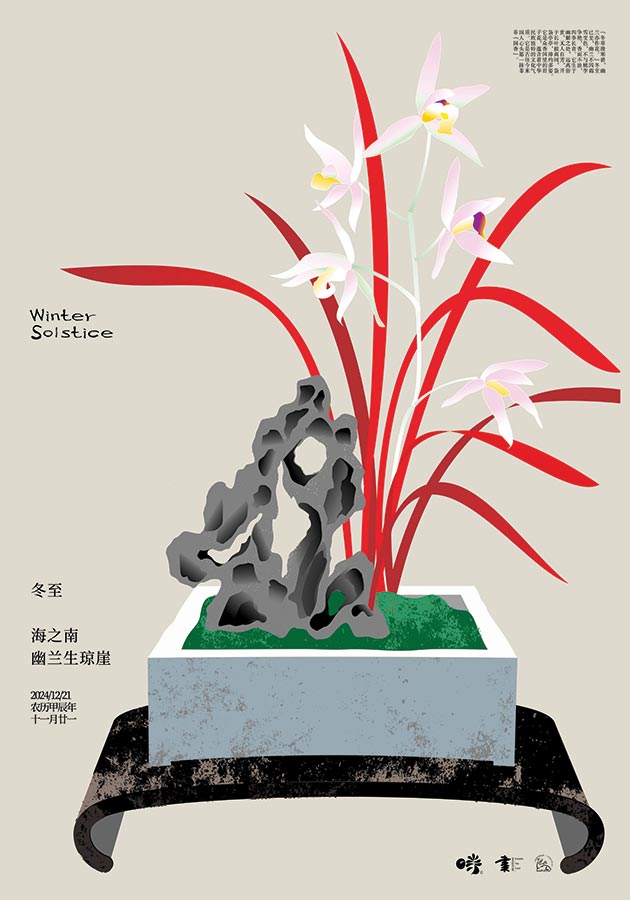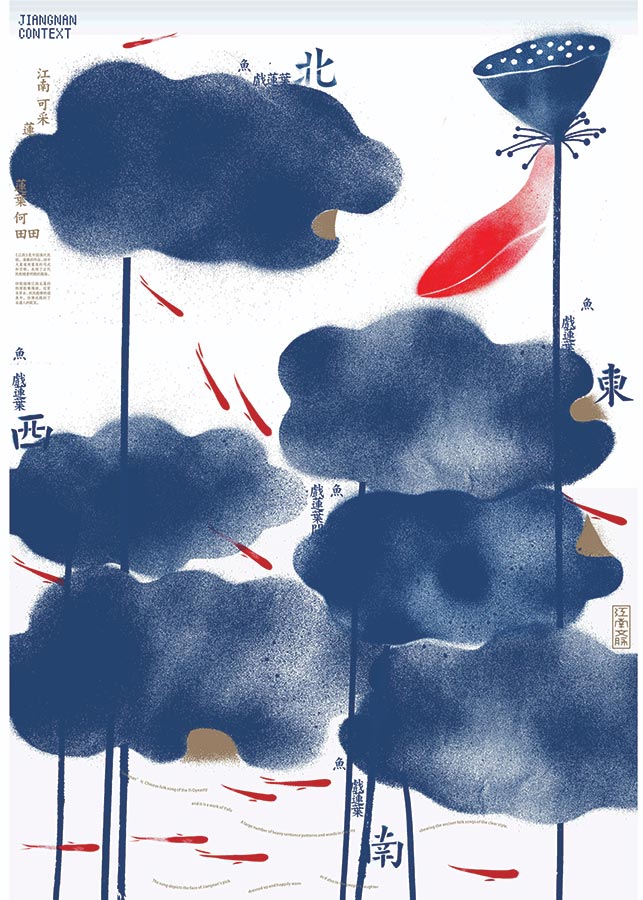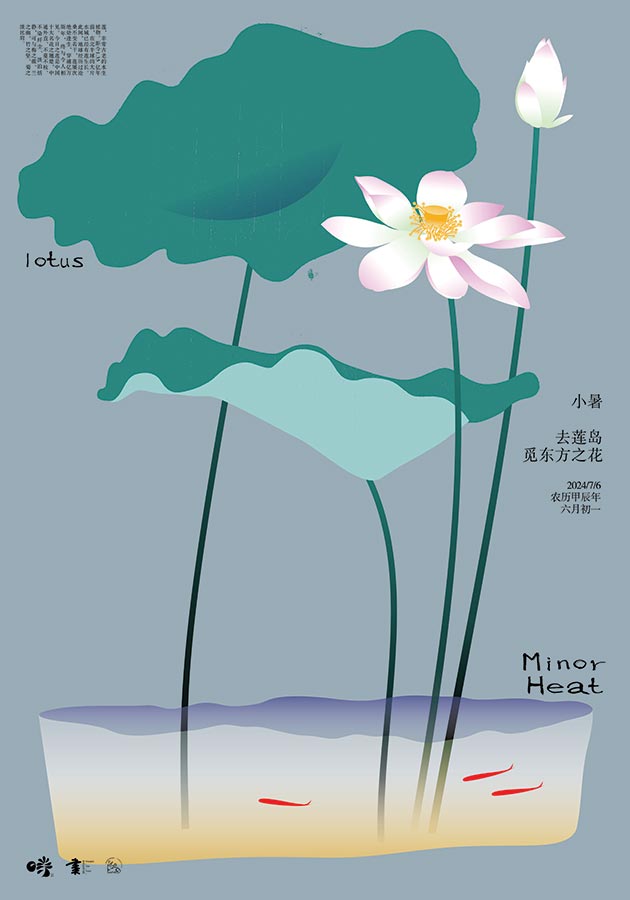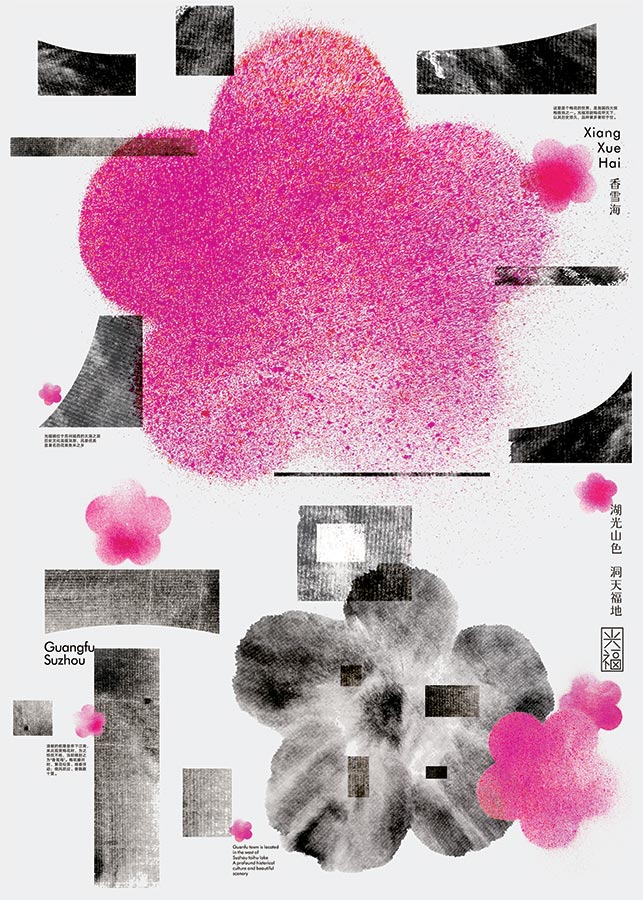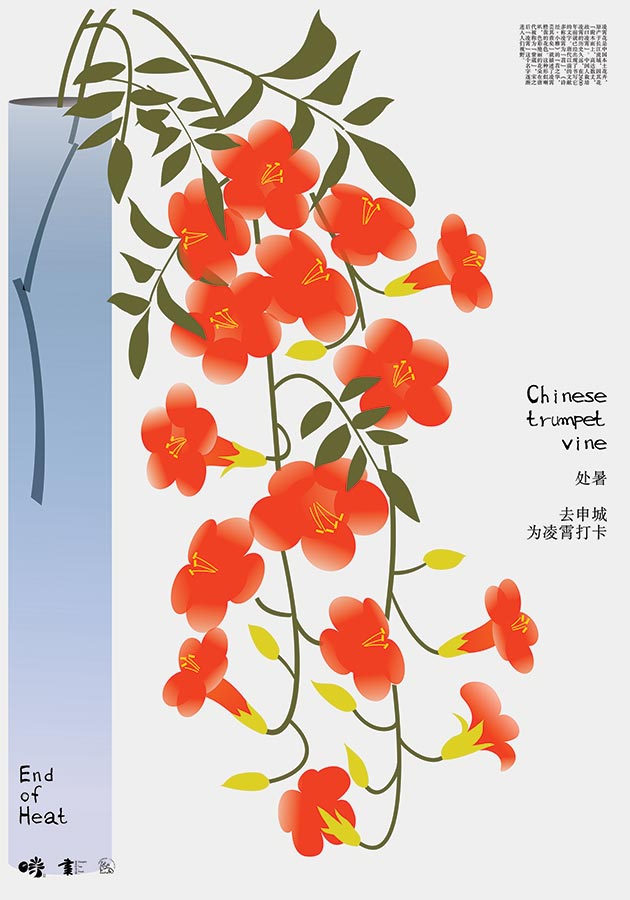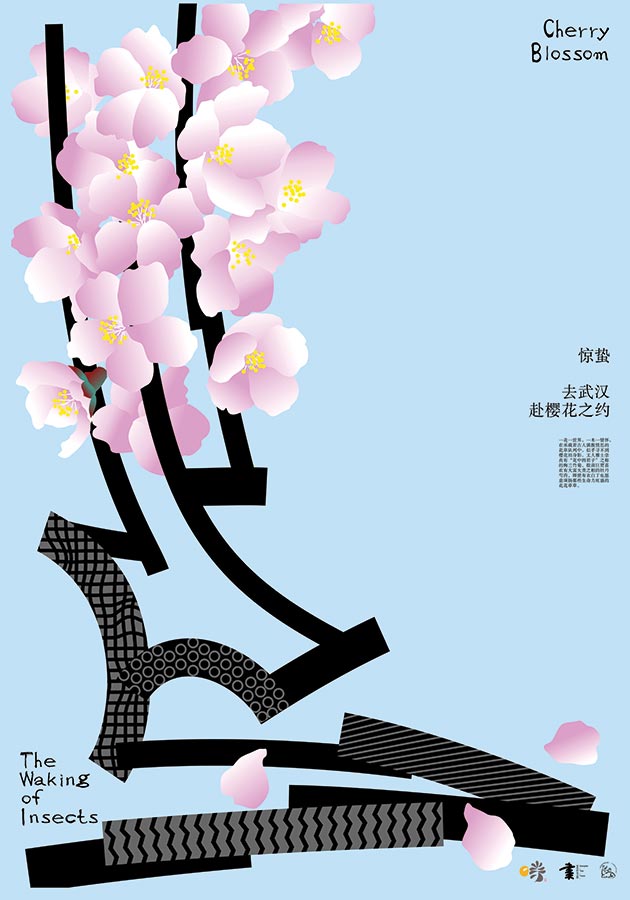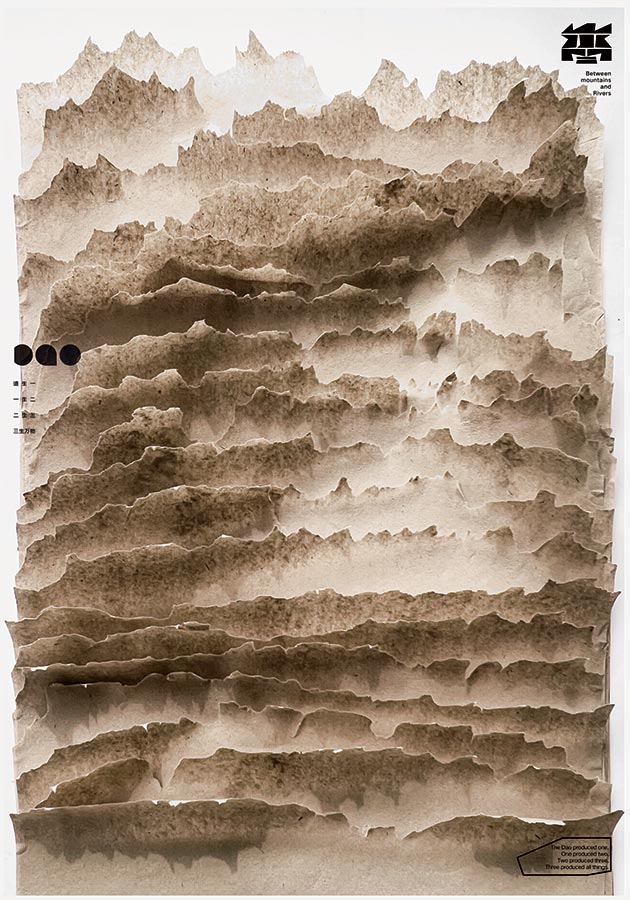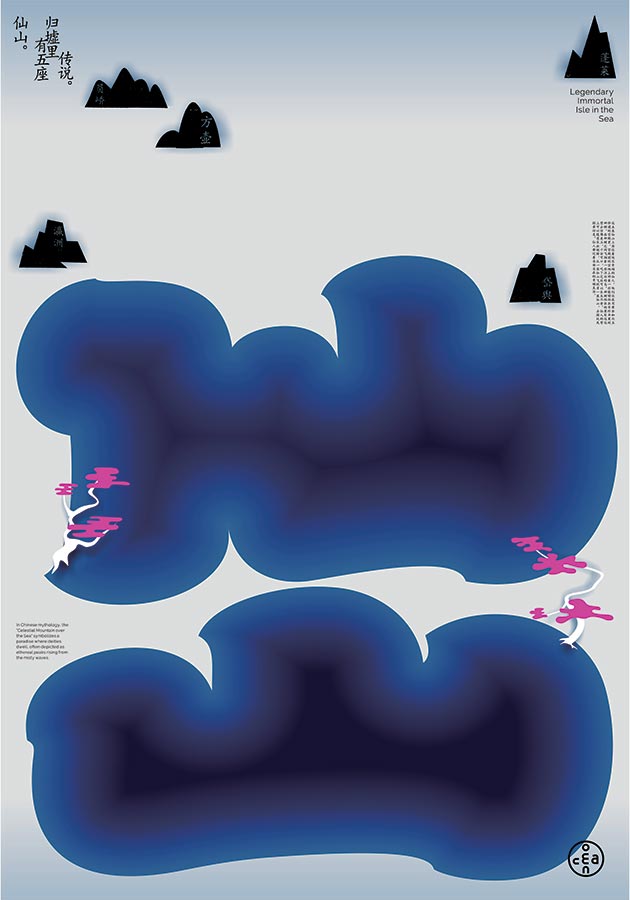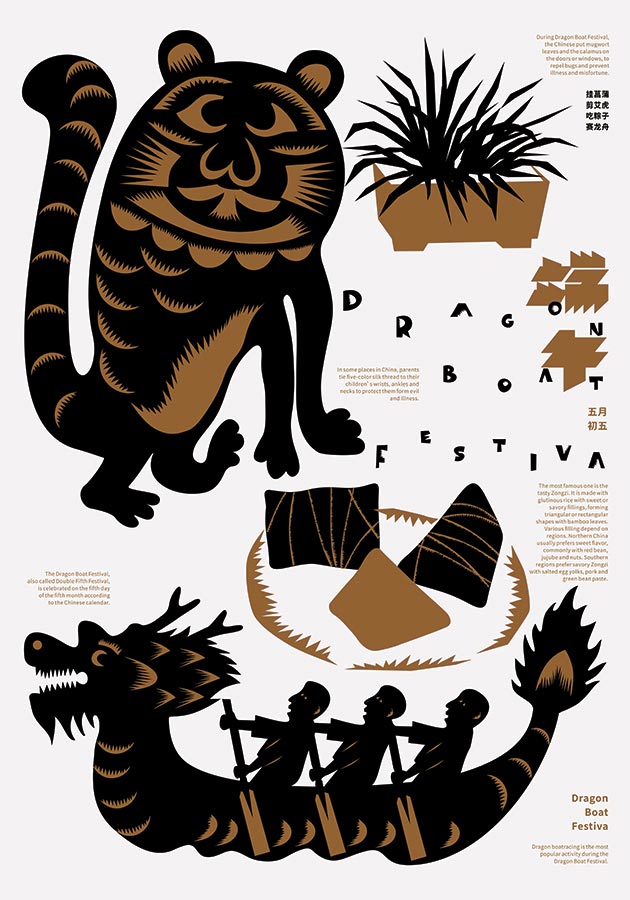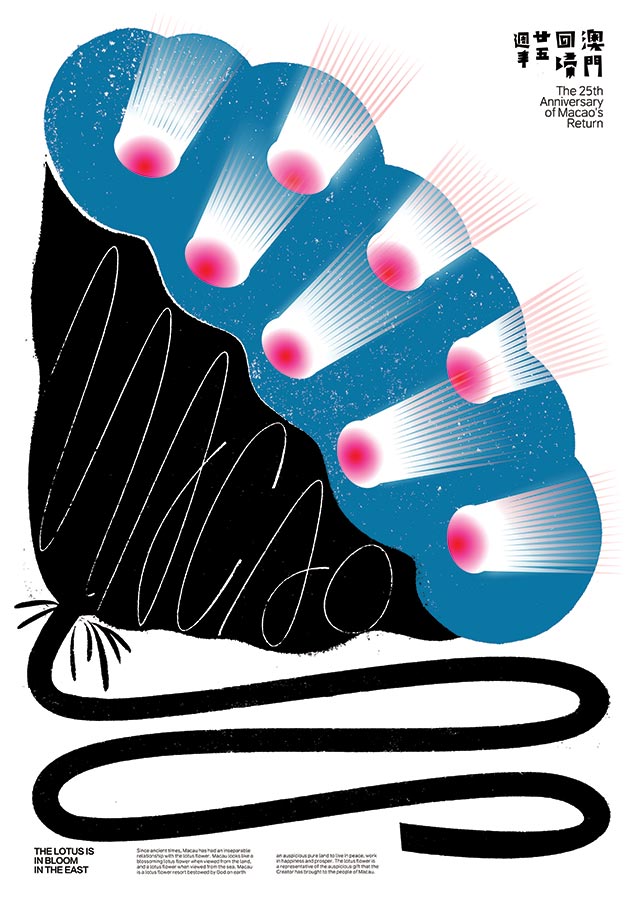INK DESIGN EXHIBITION
an exhibition of Chinese graphic design
Opening: June 12, 2025 (Thursday) 6:30 PM
Duration: until the end of September
Venue: Retroavangarda Gallery, Al. Jerozolimskie 146D, Warsaw
Curators: Anna Kłos and Xu Wei
This unique exhibition will showcase nearly 100 works by Chinese artists, mainly posters and graphic works. All the artworks share a common medium—ink painting—a technique that has been at the heart of painting and calligraphy in China for over two millennia.
The origins of ink painting in China date back to the Han dynasty (206 BCE – 220 CE). However, this art form fully blossomed during the Tang dynasty (618–907 CE) and is considered to have reached its classical form during the Song dynasty (960–1279 CE). Ink painting (shui-mo hua, 水墨画) became not only an artistic technique but also an important element of philosophy and intellectual life for the Chinese elite.
The Ink Design Exhibition presents the work of 57 selected contemporary Chinese artists, most of whom are professors and lecturers at renowned art academies. Their works reflect Chinese tradition in various ways, maintaining a strong connection with the cultural language of the past. Among the exhibited pieces are both abstract and figurative works, as well as calligraphy. While all of them are contemporary, they clearly relate to the traditions and culture of China. Many of the projects symbolically refer to Chinese mythology, ancient traditions, and nature.
The exhibition showcases artists working in mainland China, Taiwan, Hong Kong, and abroad. It is the first large-scale exhibition at Retroavangarda Gallery in Warsaw dedicated to contemporary Chinese ink painting.
The exhibition will also feature a solo presentation of works by Xu Wei—an acclaimed Chinese visual artist, curator, and educator.
Here are some examples of the artworks on display at the exhibition, along with descriptions:
All Things Converge
This work reduces the human form to its most essential essence, inviting multiple interpretations of society, unity, individuality, and the human condition itself. Who are we? Are we defined by individual experiences or shared humanity? What traces do we leave as we traverse the world? These are philosophical questions that resonate through history. The fragmented strokes and converging ink lines evoke cellular division and cosmic unity, while an ancient oracle bone script (巳) emerges faintly at the base, symbolizing the cyclical nature of existence. Xia Ke’s deconstructive brushwork challenges viewers to confront the tension between collective identity and personal impermanence.
About the artist:
Xia Ke, a pioneering figure in Chinese contemporary ink art, is renowned for his creative philosophy of “Rebellion in Harmony,” through which he developed the unique language of Reverse Calligraphy (Ni Shu). His works transcend the boundaries between calligraphy and painting, deconstructing and recombining traditional brush and ink techniques to distill the chaos and poetry of modern life into disordered yet evocative dots and lines. By reconstructing the essence of Chinese characters with inverted brushstrokes and interrogating the nature of existence through symbols of void and substance, Xia Ke rejects the constraints of artistic categorization. With a wild, unrestrained approach, he fuses Zen philosophy with visual subversion, redefining the possibilities of ink art. His iconic series, including Reverse Script and Dreamscapes, challenge conventions while resonating with global audiences.
Boat on the River – solitary boat journeys through mountainous waters, metaphorizing life’s navigational challenges.
Luo Dongfeng is a distinguished Chinese artist and a member of the China Artists Association as well as a council member of the Jiangsu Artists Association. He currently serves as Director of the Painting and Calligraphy Research Institute at the Xuzhou Federation of Literary and Art Circles and has previously held the position of Vice Chairman of the Xuzhou Artists Association. Luo Dongfeng is also affiliated with several academic and cultural institutions: he is a research fellow at the Historical Painting Research Institute of Changzhou University and at the Painting and Calligraphy Research Center of the Jiangsu Federation of Literary and Art Circles. In addition, he is a specially appointed professor at Jiangsu University of Architecture and a committee member of the Xuzhou Intangible Cultural Heritage Protection Project. Luo Dongfeng’s multifaceted career highlights his significant contributions to the field of painting and calligraphy in China.
Su Jincheng – doctor of Art from Southeast University, Postdoctoral Fellow at the China Academy of Art, Visiting Scholar at Tsinghua University and Peking University.
Currently, he is a professor, doctoral supervisor, and postdoctoral co-supervisor at the Shanghai Academy of Fine Arts, Shanghai University. He is a member of the Expert Committee of the National Art Museum of China, a tutor at the Freehand Painting Academy of the China National Academy of Arts, an expert in the evaluation of National Social Science Fund projects, an expert in the Degree Center of the Ministry of Education, an executive director of the Calligraphy and Painting Academy of the Central Committee of the Nong Gong Democratic Party, and the vice president of the Shanghai Calligraphy and Painting Academy of the Nong Gong Democratic Party. He is also an expert member of the Oriental Think Tank and a specially appointed researcher at the Liu Haisu Art Museum. Additionally, he serves as the president of the Huixin Cien Academy in Shanghai.
He is a visiting research fellow at the University of Tokyo and a part-time professor and doctoral supervisor at several universities, including Thammasat University in Thailand, Udon Thani Rajabhat University, and the New Era University College in Malaysia.
He is a member of the China Artists Association, the Chinese Calligraphers Association, the Chinese Association of Literary and Art Critics, and the China Sculpture Institute. He is a director of the Shanghai Creative Design Workers Association, a member of the Academic Professional Committee of the Shanghai Calligraphers Association, and the honorary president of the Huainan Youth Calligraphy Association. He is an overseas evaluation committee member of the Singapore International Ink Painting Association and the vice president of the Public Art Design Branch of the International Design Science Society. He also serves as an editorial board member of several academic journals, such as *Studies in the History of Chinese Art*, *Journal of Oriental Design*, and *Shandong Ceramics*.
His calligraphy and painting works have been exhibited and collected in many art galleries both in China and abroad, including the United States, Japan, Italy, Egypt, Malaysia, Indonesia, Nepal, Tanzania, etc.
Tea Charm of Lincang
Lincang, Yunnan, as the origin center of the world’s tea trees and tea culture, its poster design skillfully combines traditional Chinese ink painting techniques with modern design concepts, highlighting the profound history and rich essence of Lincang tea culture. The design integrates elements of landscapes, tea leaves, tea sets, and human figures with delicate brushwork, outlining the Chinese characters “Lincang” and vividly interpreting the conception that everything has a spirit. This poster not only reflects the unique quality and charm of Lincang tea but also conveys a tranquil and far-reaching lifestyle. It is hoped that this will help more people get to know Lincang and fall in love with China’s millennium-old tea culture.
Yankun Wang, a designer, has won the Gold Award at the China International Poster Biennale, the C-IDEA Design Award / Gold Medal, and the Silver Award at the Kan Tai-Keung Design Award. His works have been selected for multiple international poster exhibitions, including the International Poster Triennials in Lahti, Finland; Toyama, Japan; and Hong Kong, China. Additionally, his works have been featured in international poster biennales in Mexico, Bolivia, Ecuador, and other countries.
Xuwei Zhang – Between Mountains and Rivers
The concept of this project is based on the Tao Te Ching: “Tao gives birth to one, two gives birth to two, two gives birth to three, and three gives birth to all things”, which embodies the law of natural cycles. Through the experimental poster, the Chinese rice paper is hand-torn and superimposed to form an “Imaginary Landscape”, while the Chinese character “Dao” is incorporated into the design to express the emotional connection between man and nature, and how people’s emotions and thoughts echo the environment they live in when interacting with nature. When interacting with nature, people’s emotions and thoughts will echo with the environment they are in.
Xuwei Zhang is a prominent visual artist and curator who has been engaged in brand building, commercial design, and the study of oriental aesthetic expression in poster design for over 30 years. His works have been showcased in more than 300 professional design exhibitions across over 30 countries and regions worldwide. In addition to his personal artistic achievements, he has also curated and organized numerous international, national, and provincial poster design exhibitions.
Zhang is a member of the Zhejiang Artists Association and serves as Director of the Design Art Committee of the Jiaxing Art Association. He is also a member of the Shenzhen Graphic Design Association (SGDA) and a professional member of the Japan Graphic Design Association (JAGDA). As a dedicated educator, he supervises graduate students at the College of Fine Arts, Dalian University, and holds a visiting professorship at the School of Design, Shenyang Institute of Technology. Additionally, he is a special researcher at the Tongxiang Research Institute of Zhejiang Media College.
Zhang’s leadership extends beyond China—he is the Managing Director of the China Europe International Design Culture Association (CEIDA). In 2016, he founded Zhejiang Zhongtian Culture Co., a cultural enterprise dedicated to advancing design and cultural initiatives.
Artists included in the exhibition:
Cao Ruping, Chang Fang Pang, Chen Goyen, Chen Xiaofeng, Delin Zeng, Feng Sha, Guo Mengnan, He Huang, He Xingchi, Huang Kai, Huang Renming, Jiang Diankun, Jianqiang Qiu, Jin Jianhao, Leong Lampo, Li Chaosheng, Li Fojun, Li Mingliang, Li Wei, Li Zhiming, Li Zhongyang, Liang Si, Lin Yijiang, Liu Tianjun, Liu Xin, Liu Yukun, Lu Xing, Luo Dongfeng, Mao Ming, Miao Ping, Qiang Gang, Ren Yinuo, Song Xinguo, Su Jincheng, Viki, Wang Heepin, Wang Yankun, Woo Bright, Wu Dayu, Wu Yan, Xia Ke, Xiao Jing, Xiong Yaohui, Xu Kai, Xu Wei, Yang Chao, Yang Huiqiong, Yunsheng Liao, Zhang Dalu, Zhang Hao, Zhang Jinxiang, Zhang Stella, Zhang Weimin, Zhang Xuwei, Zhang Yihan, Zuo Biao Peng.
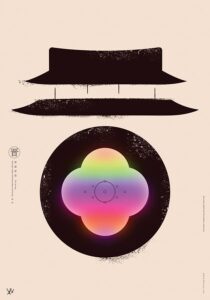











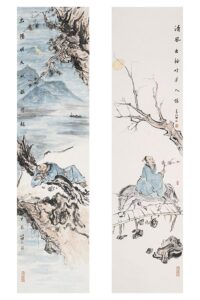




















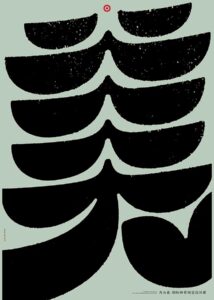






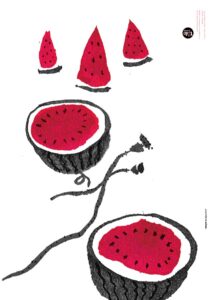












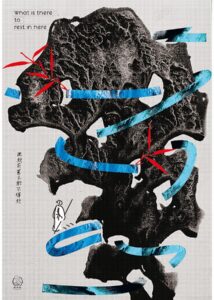

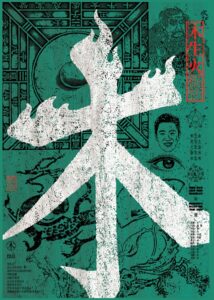











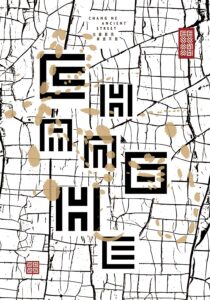






Xu Wei Zhang – Solo Exhibition
























